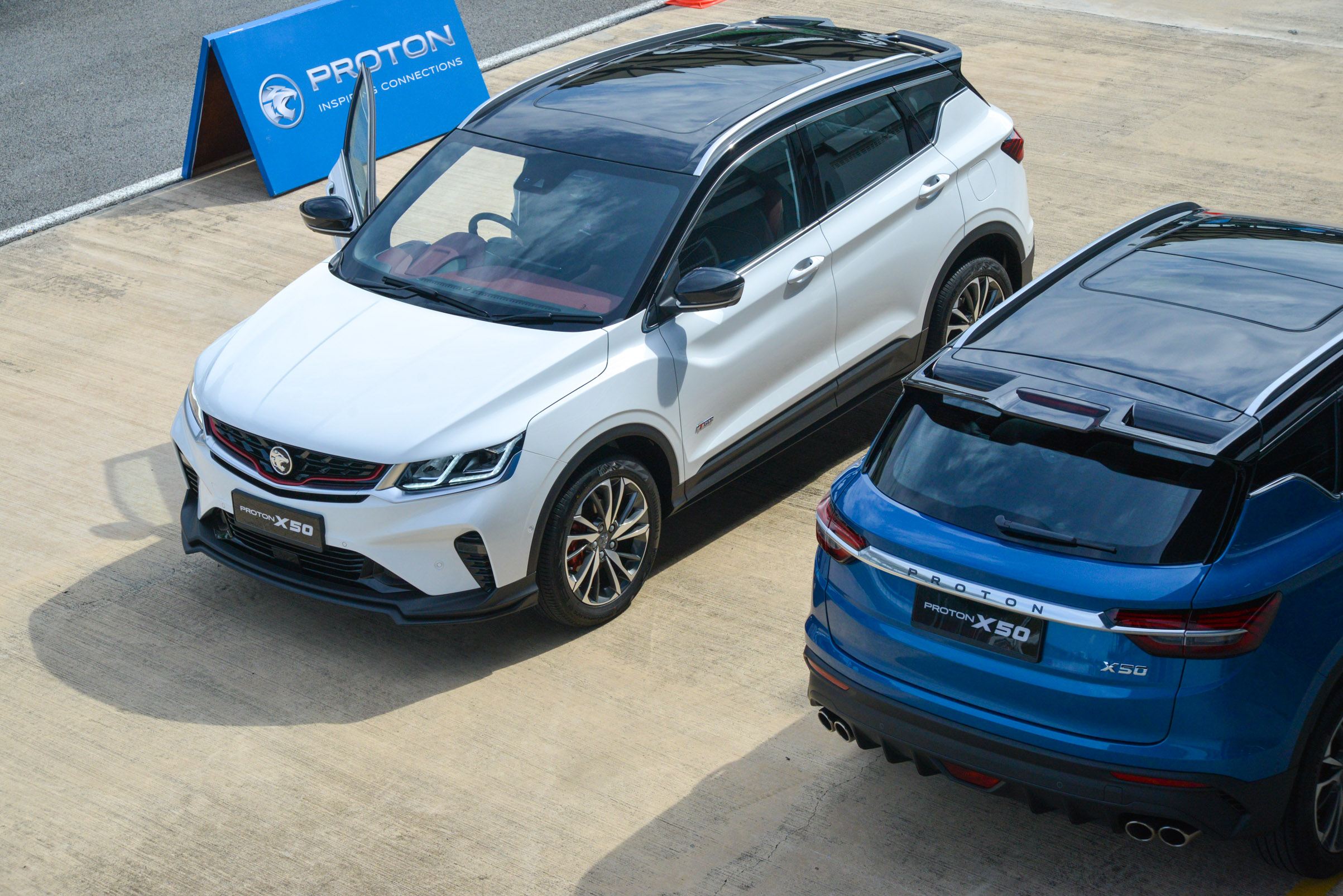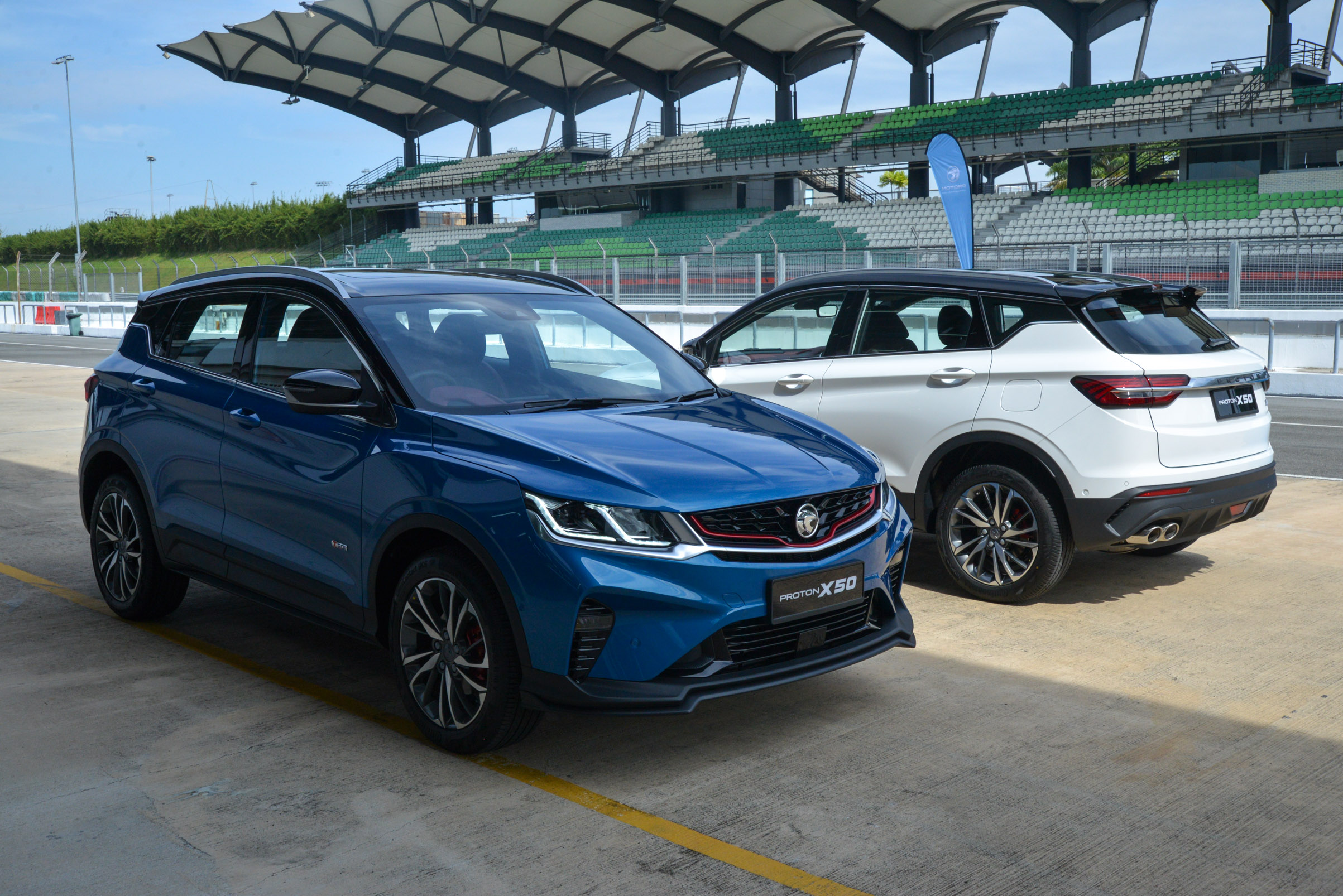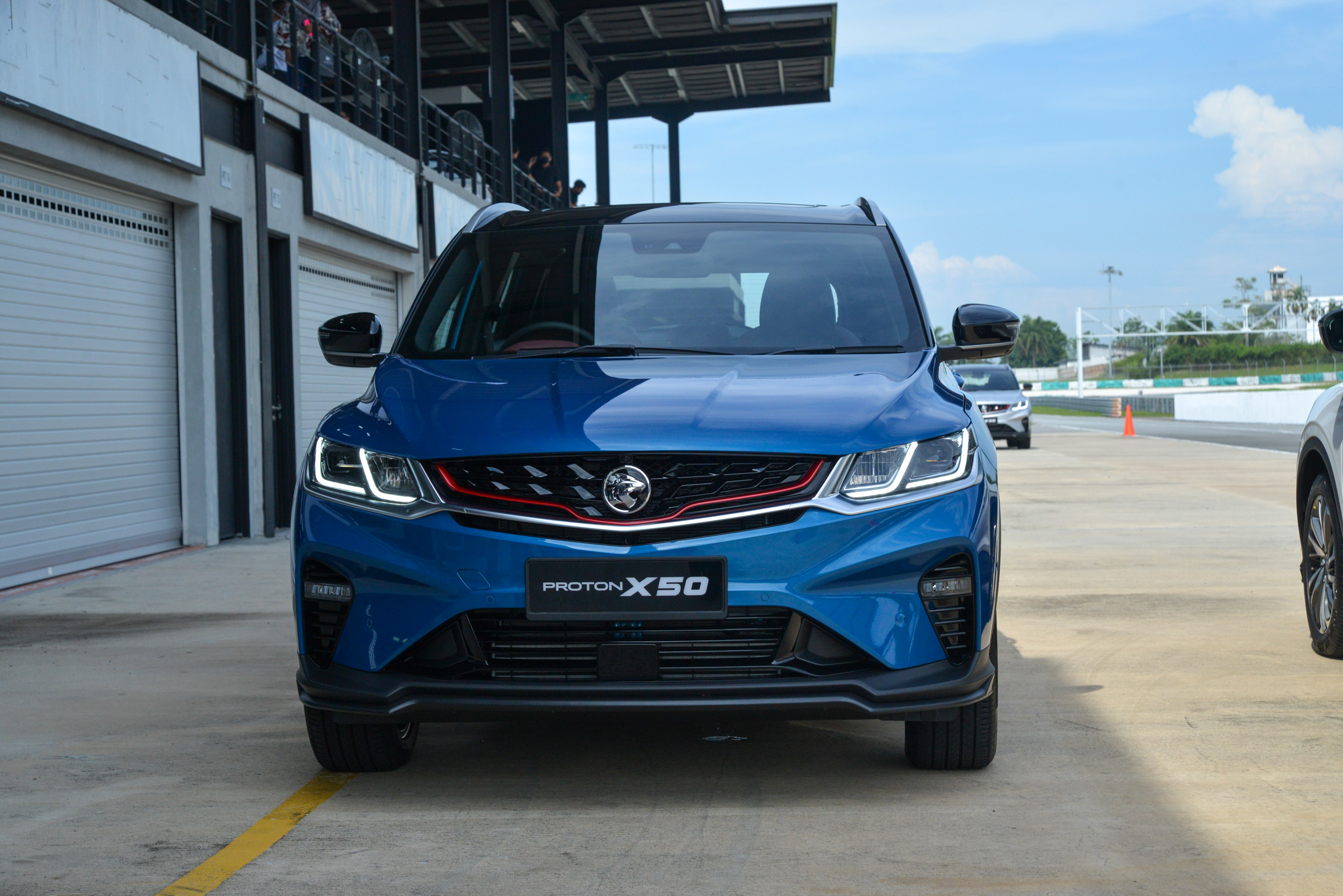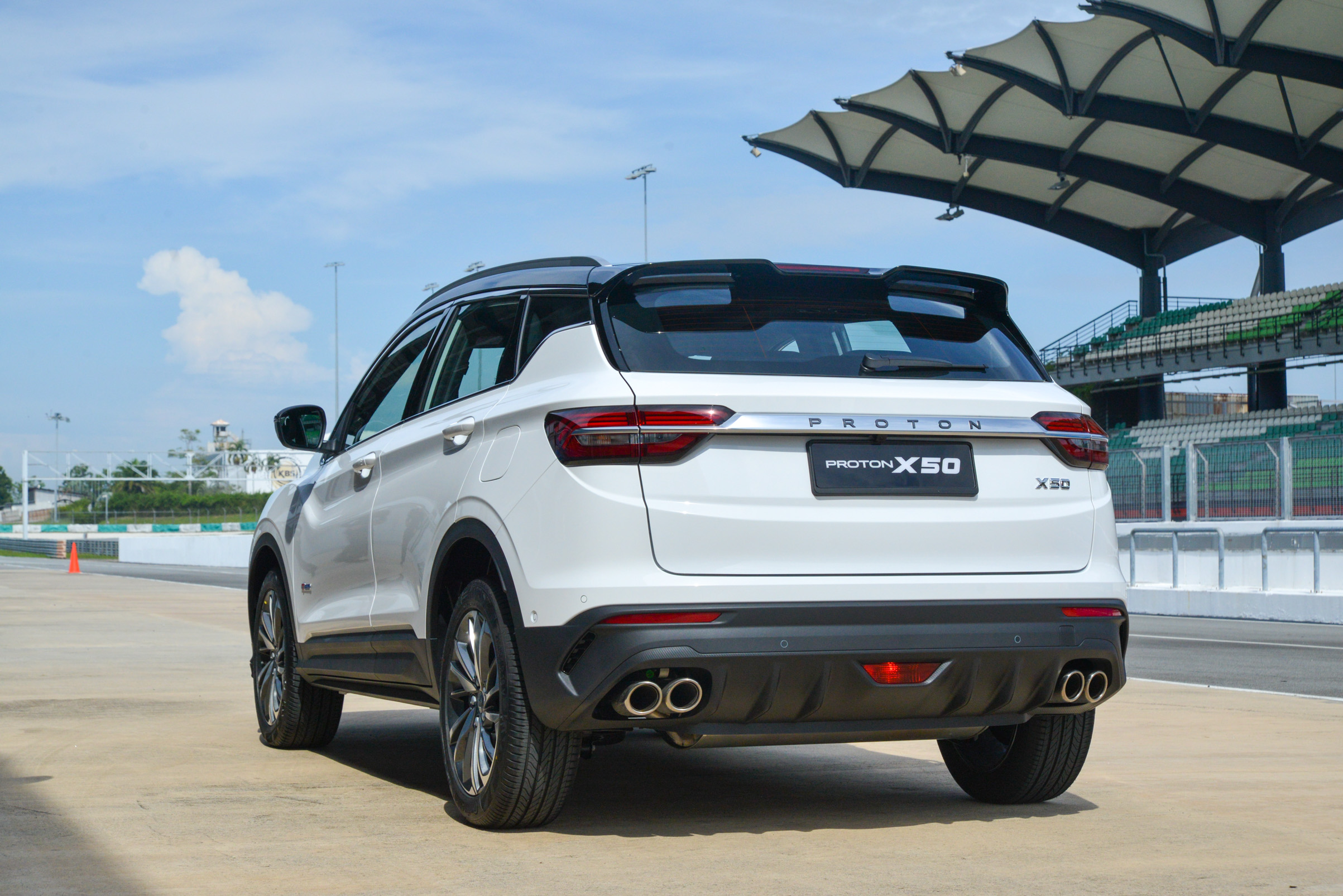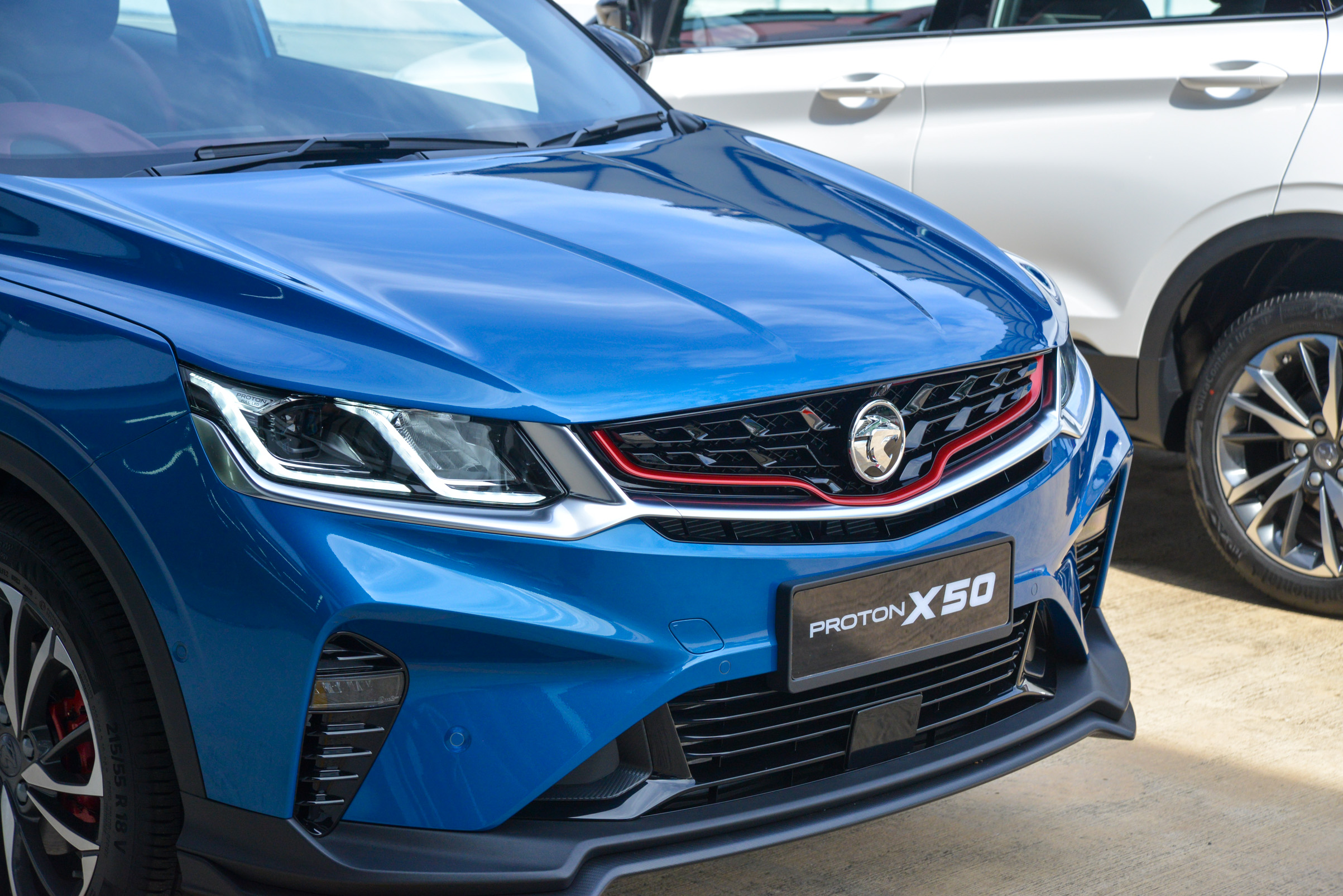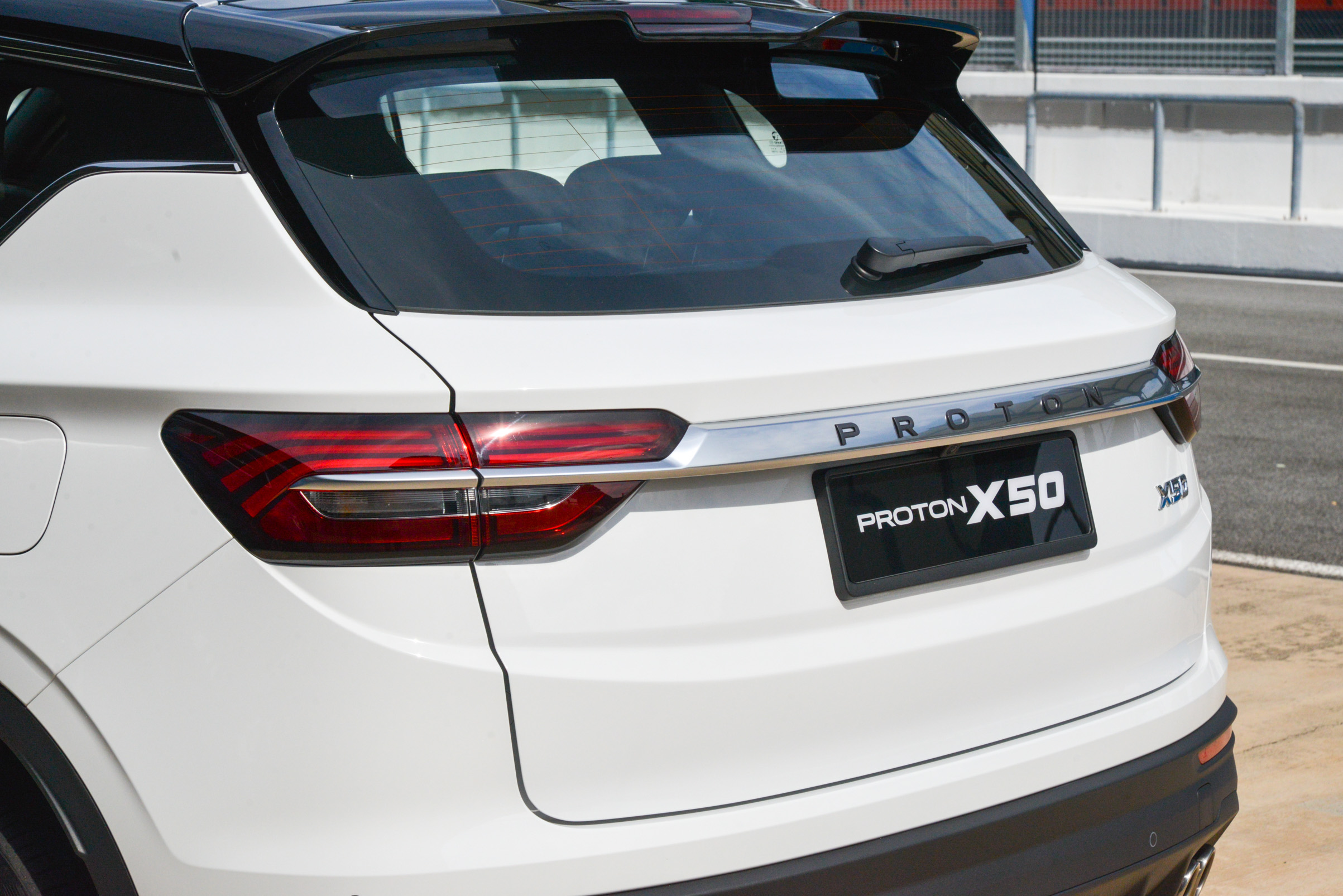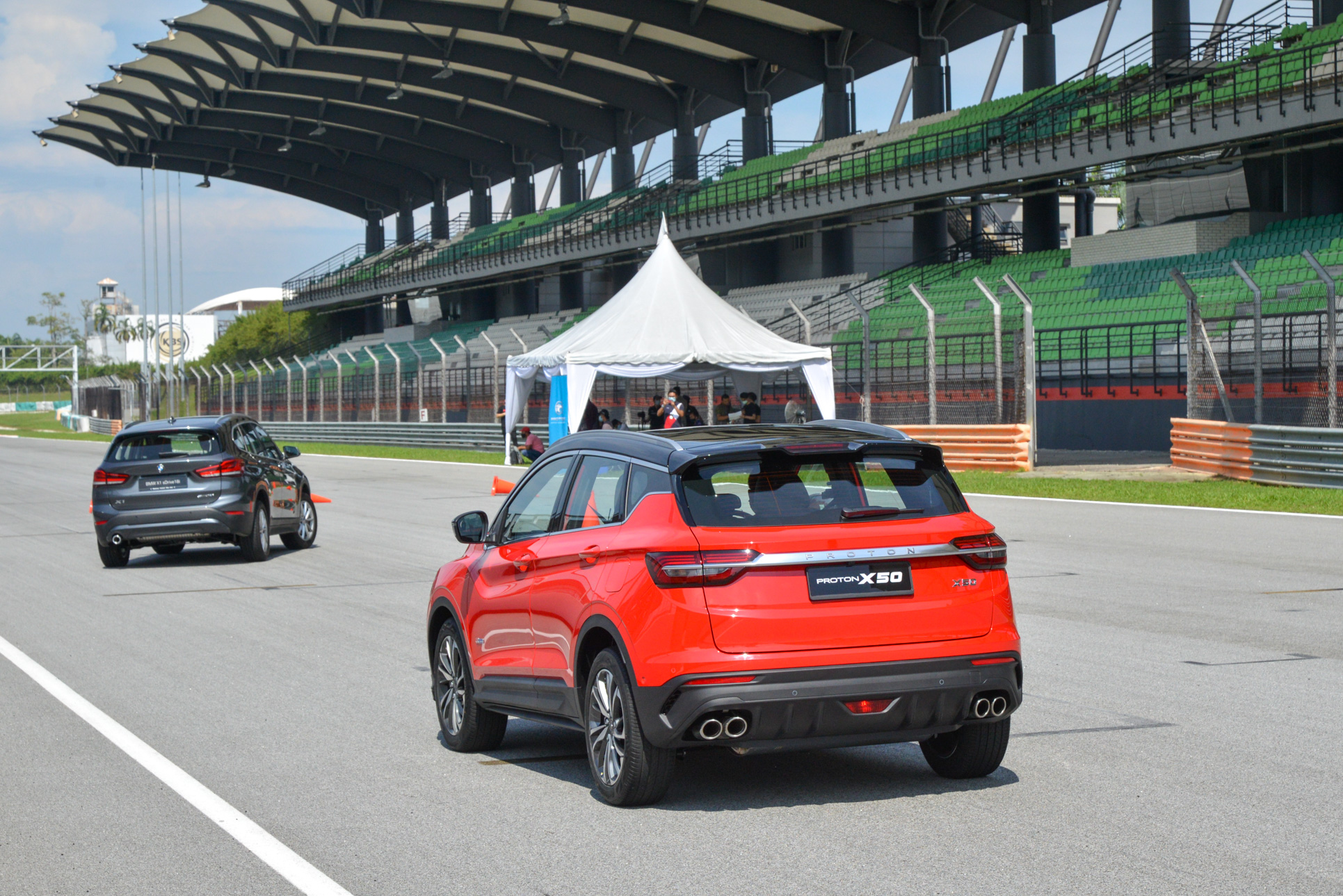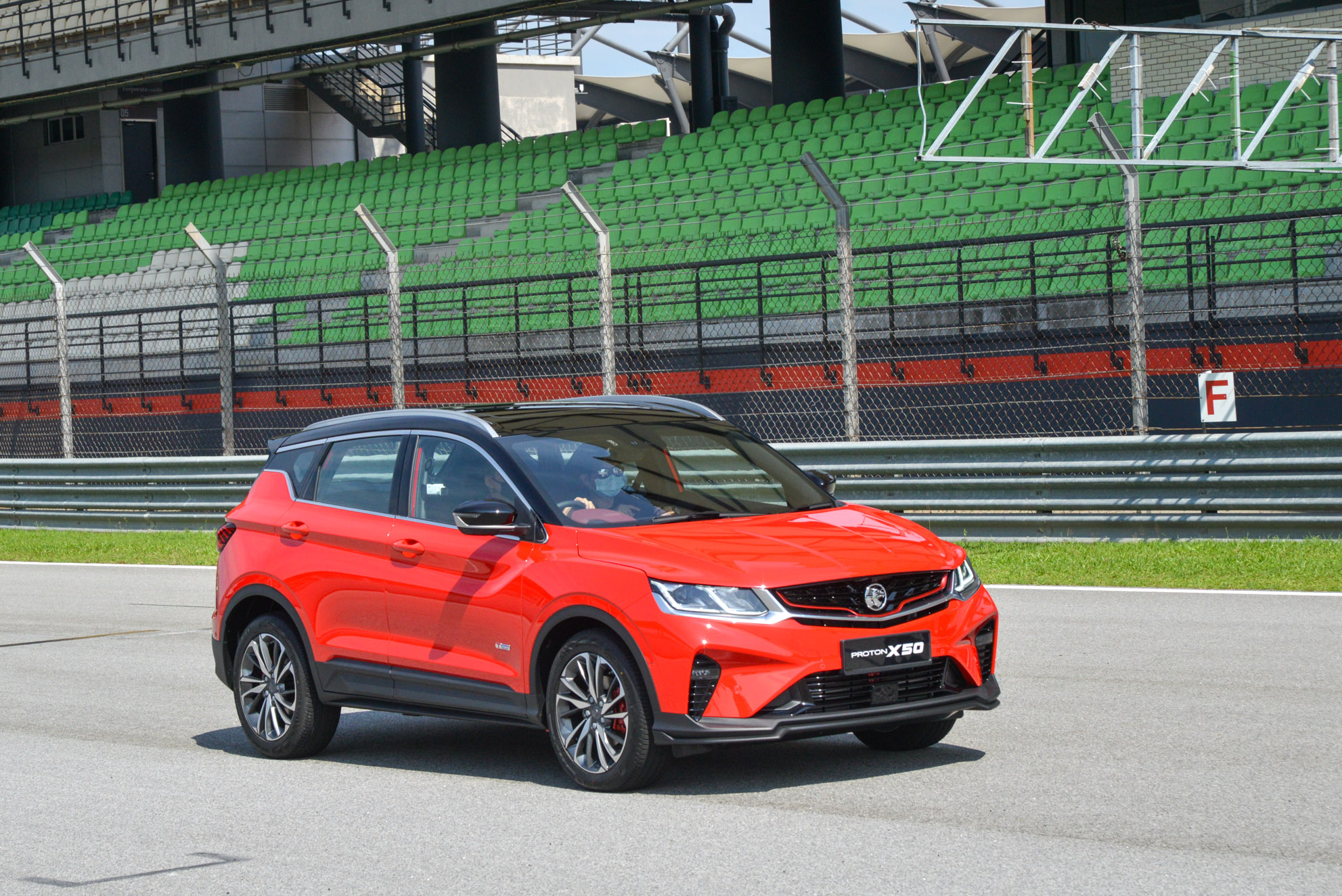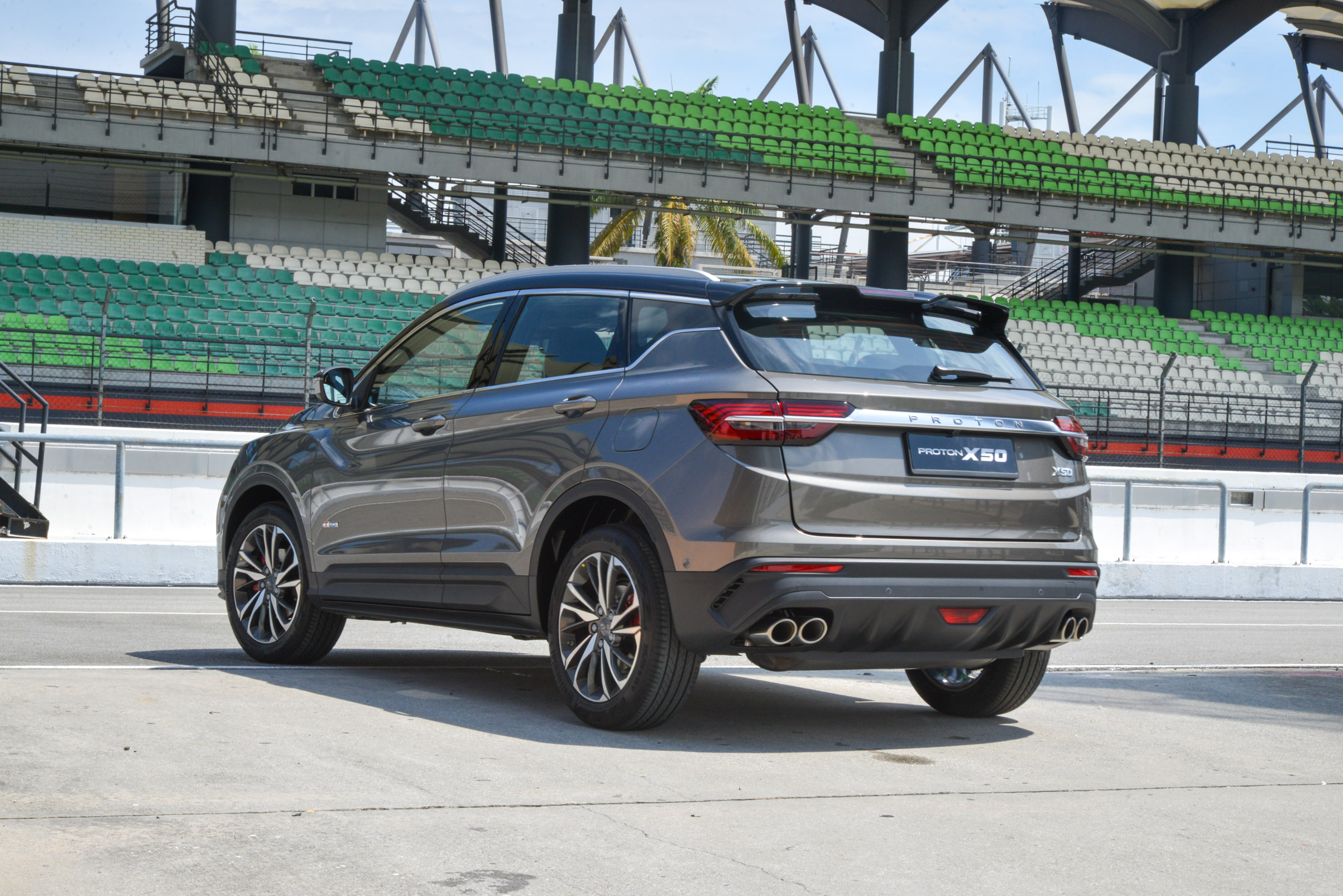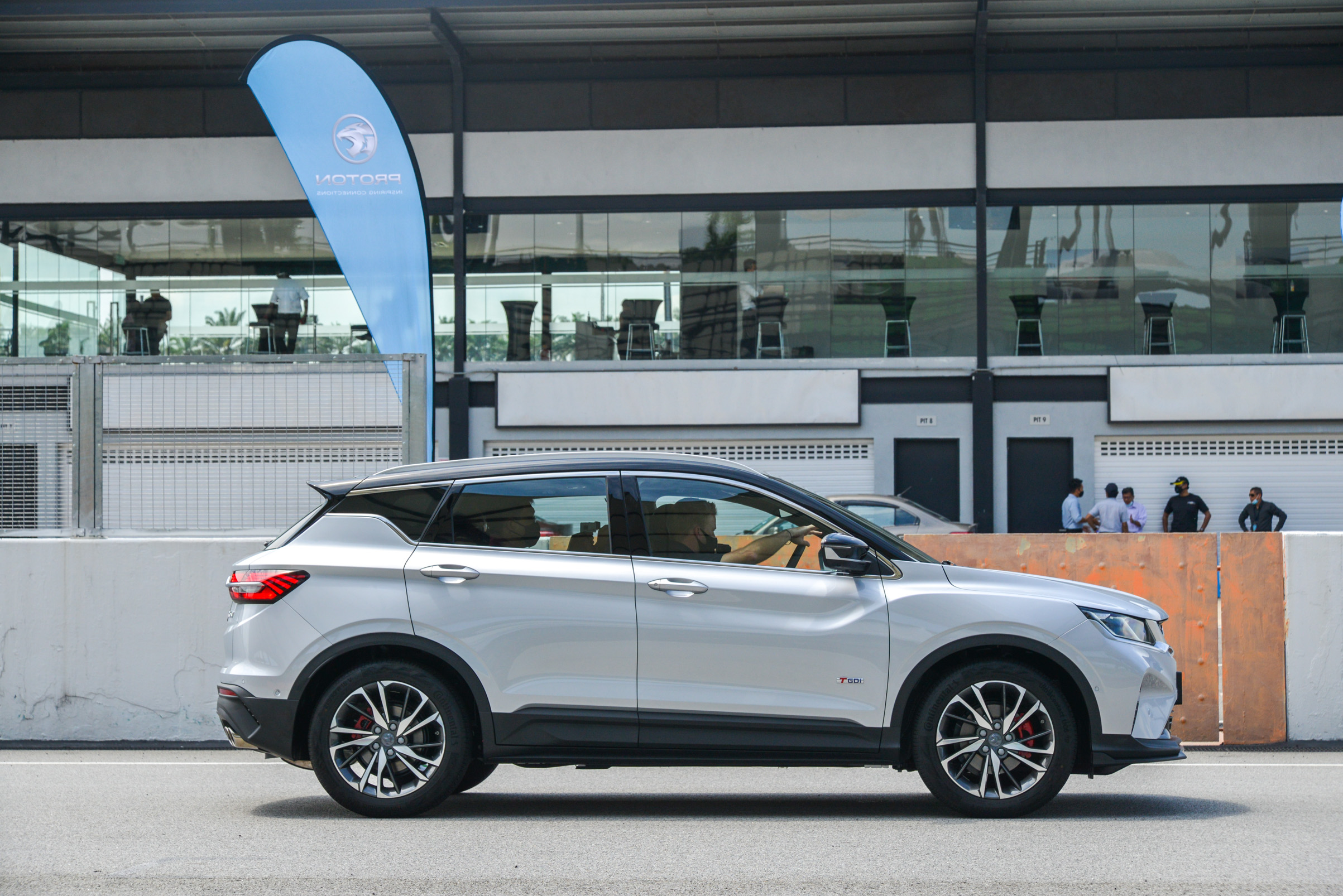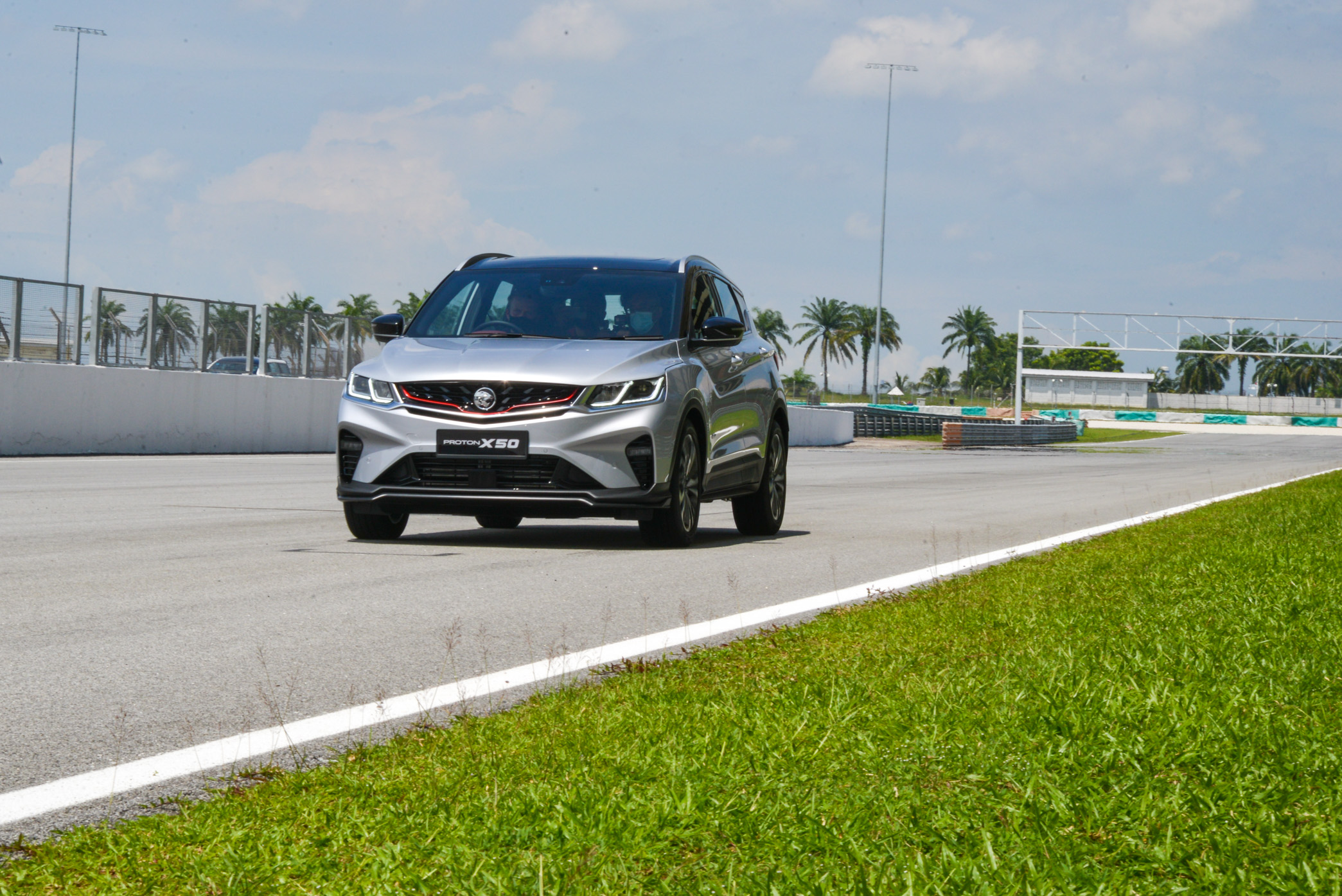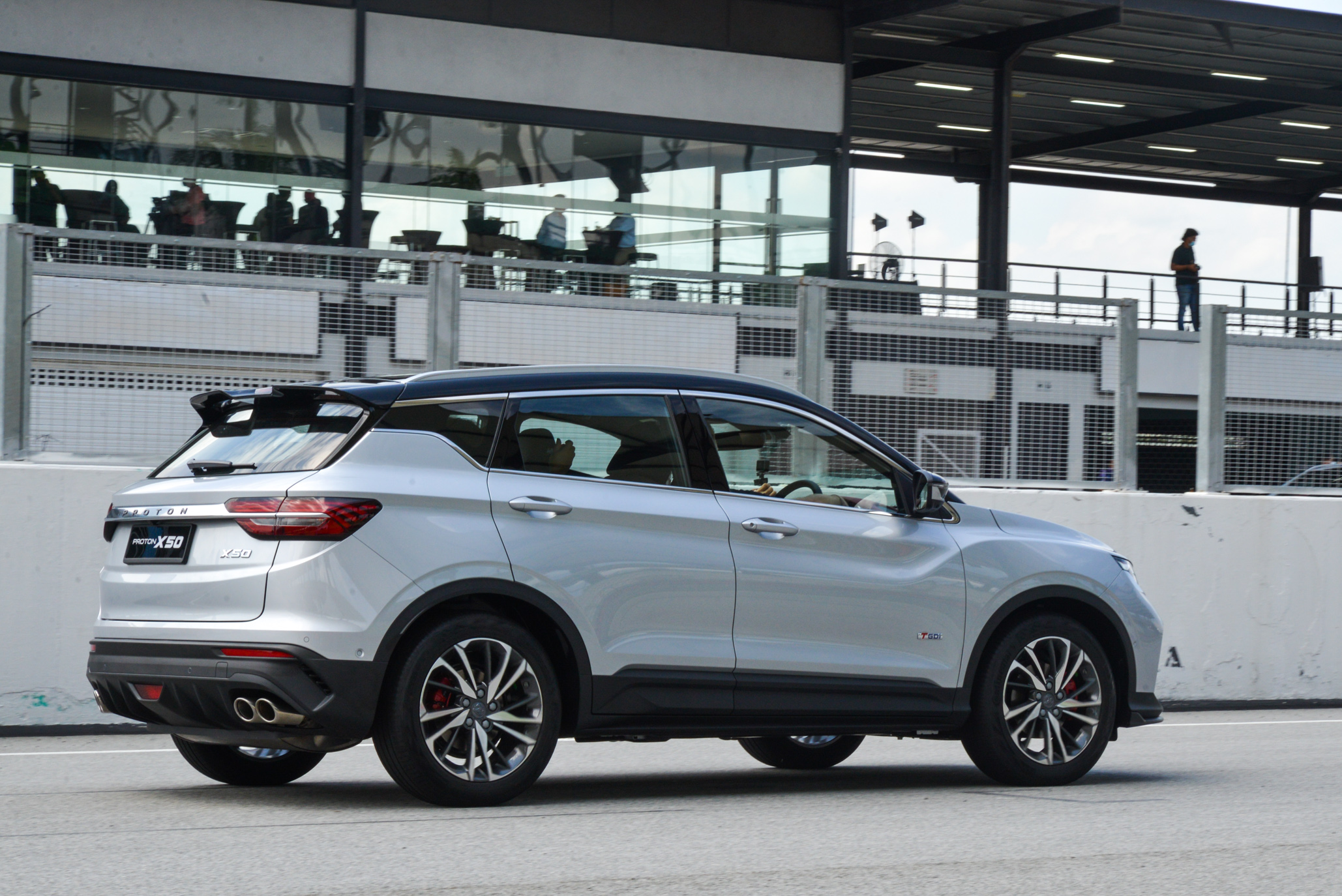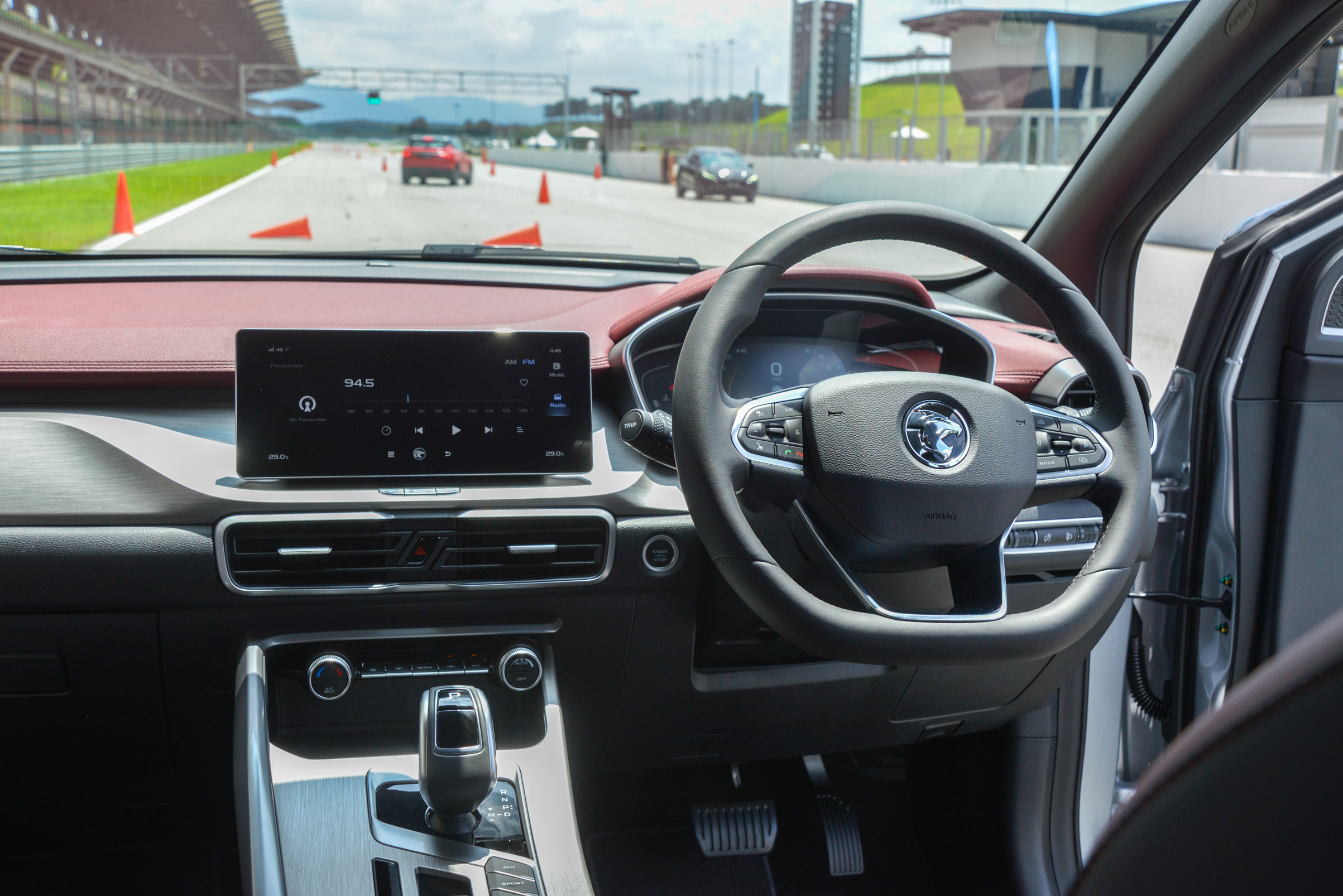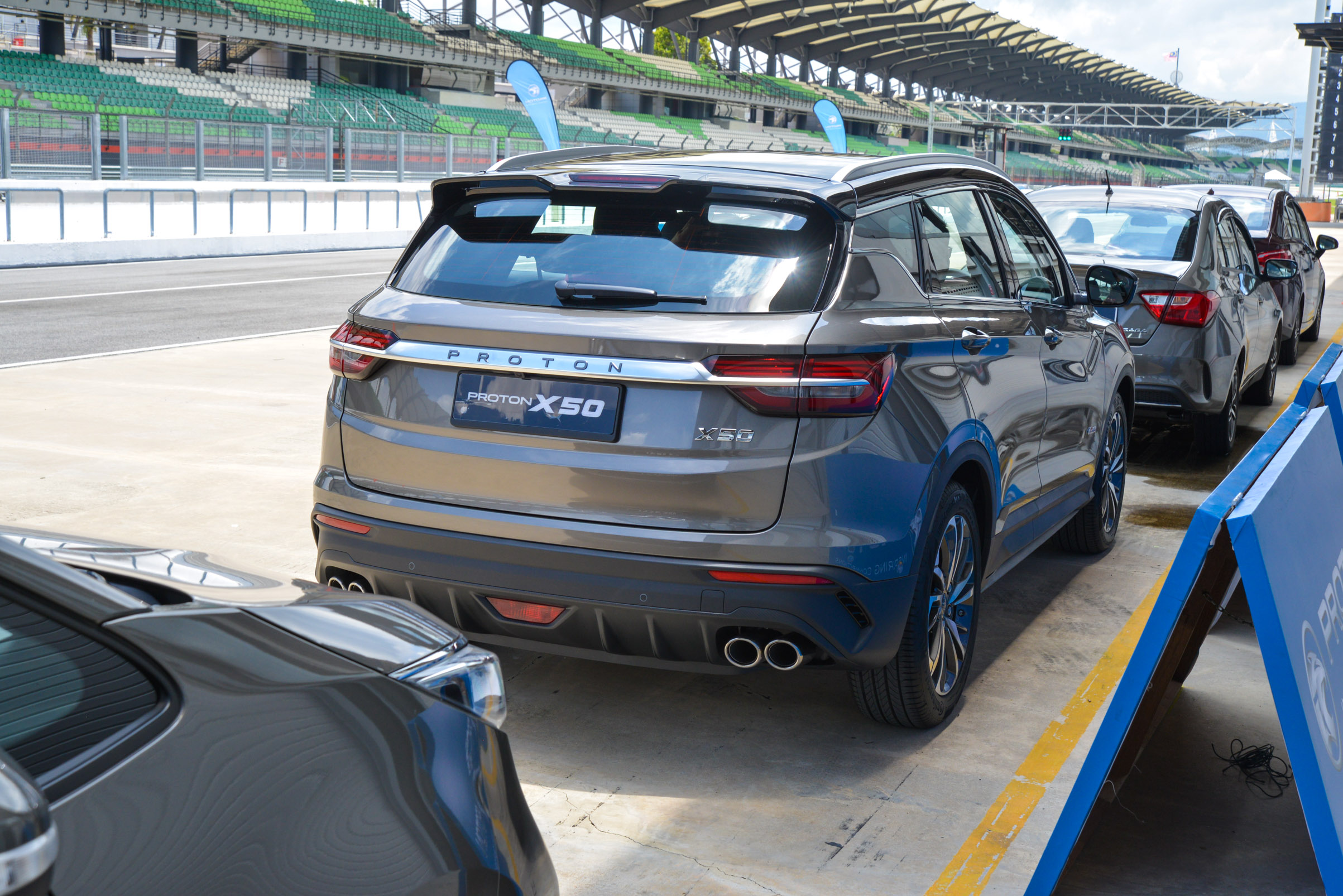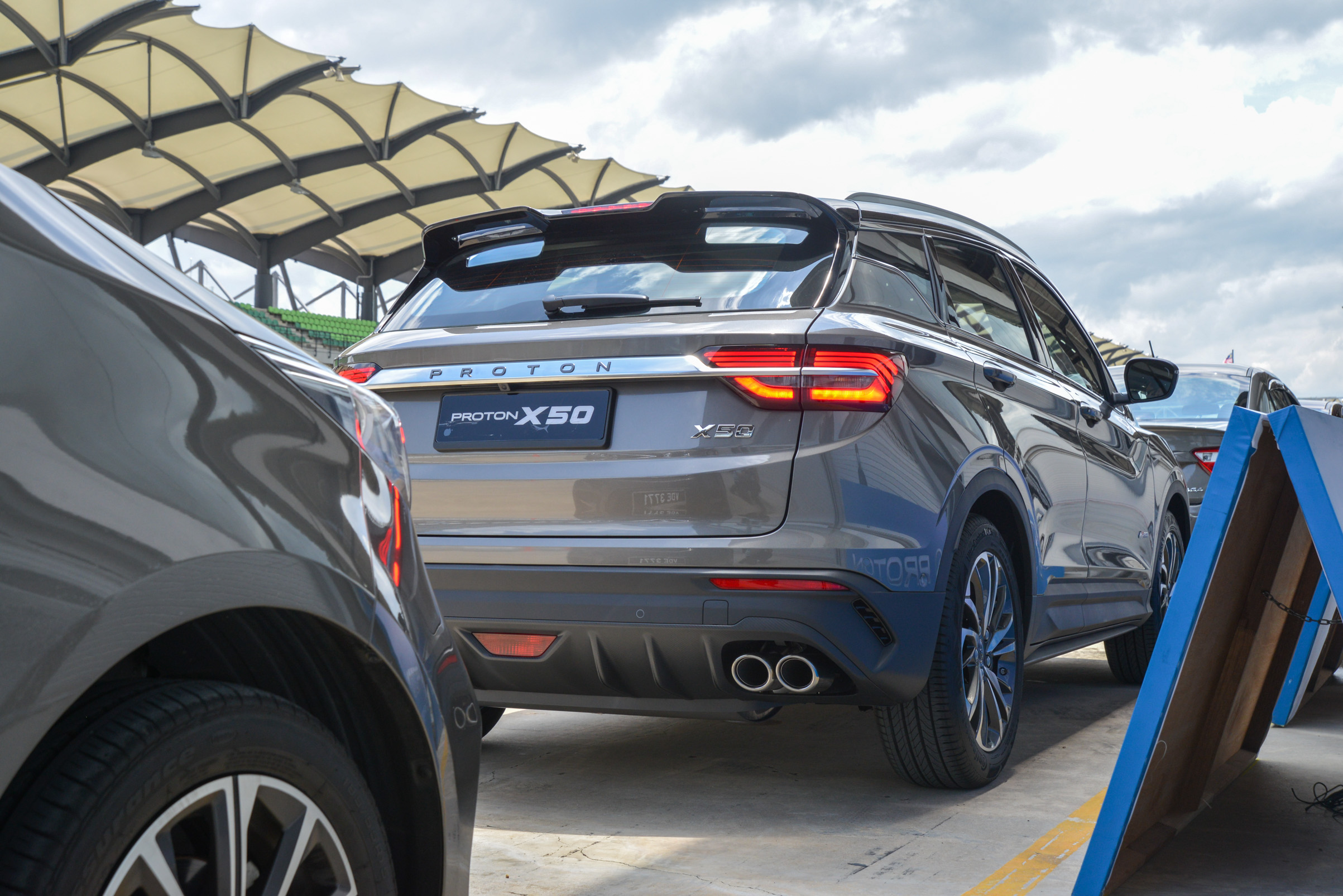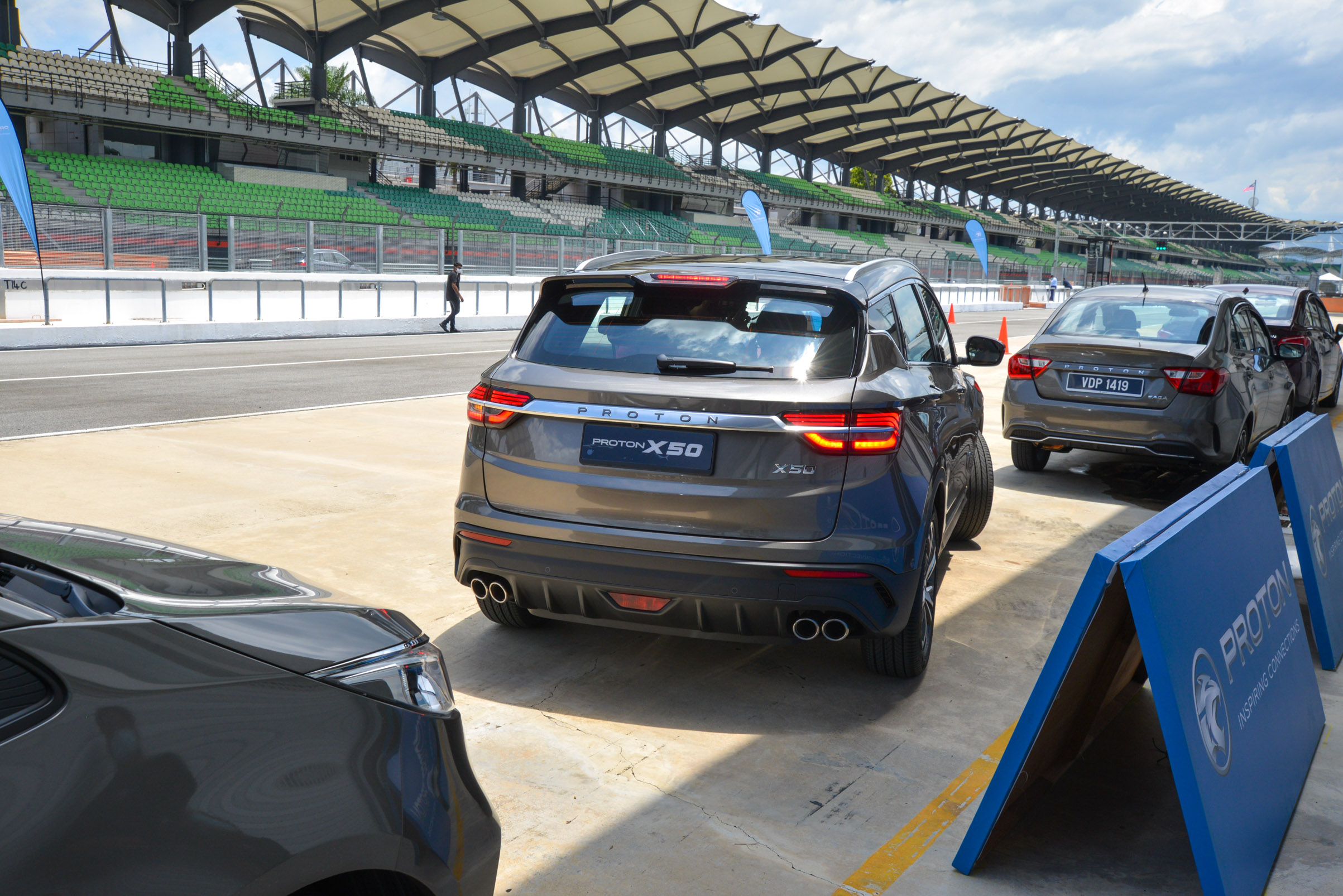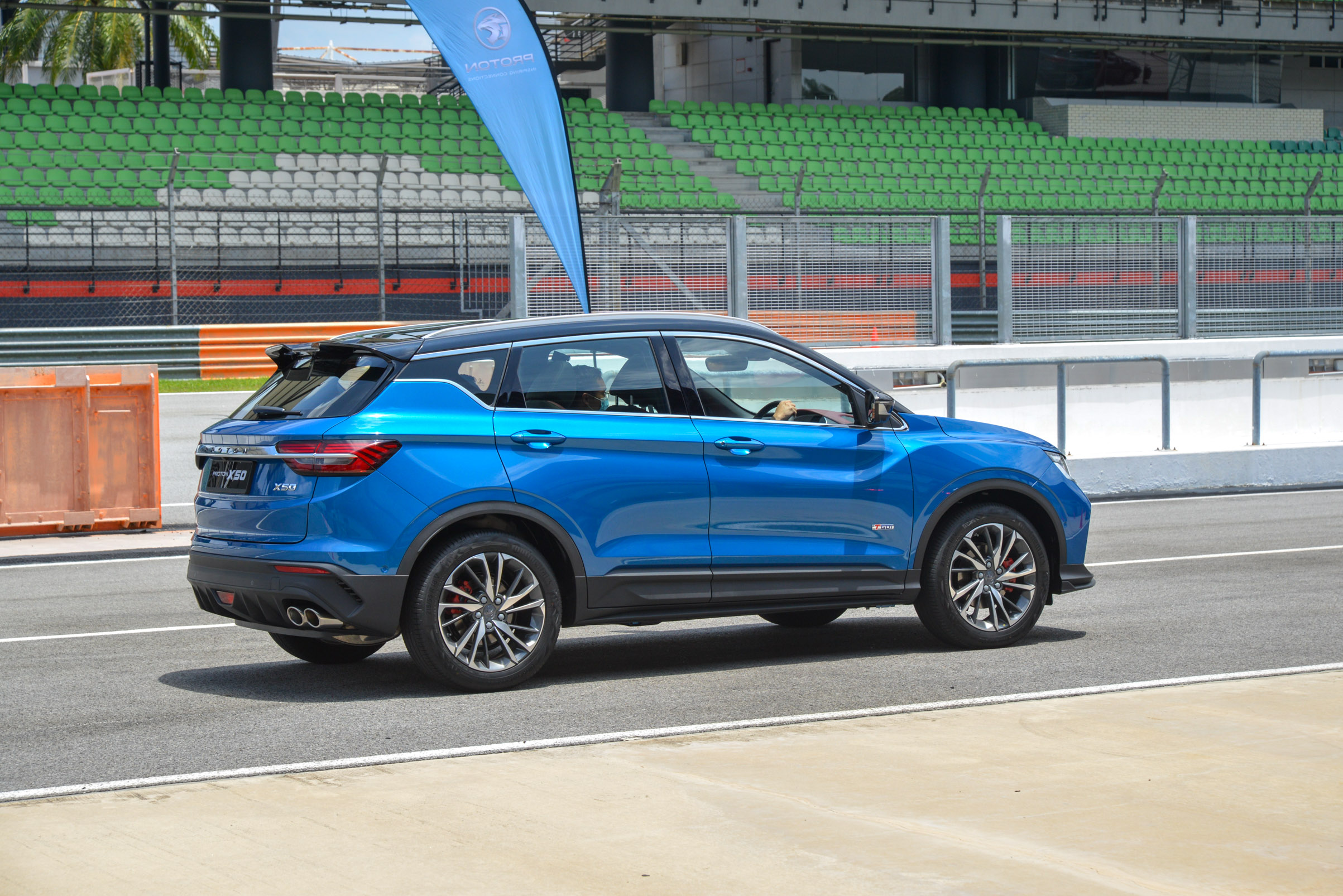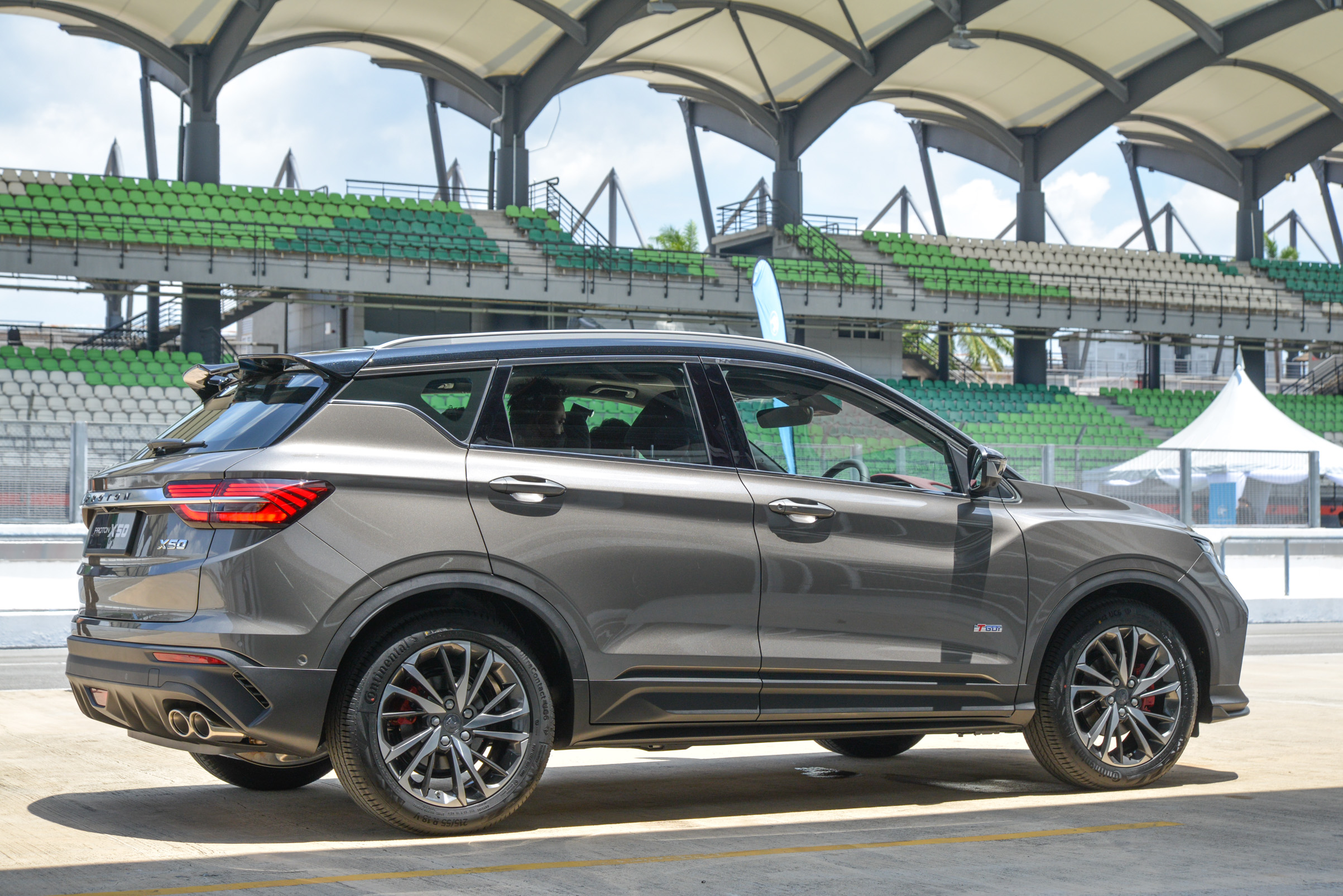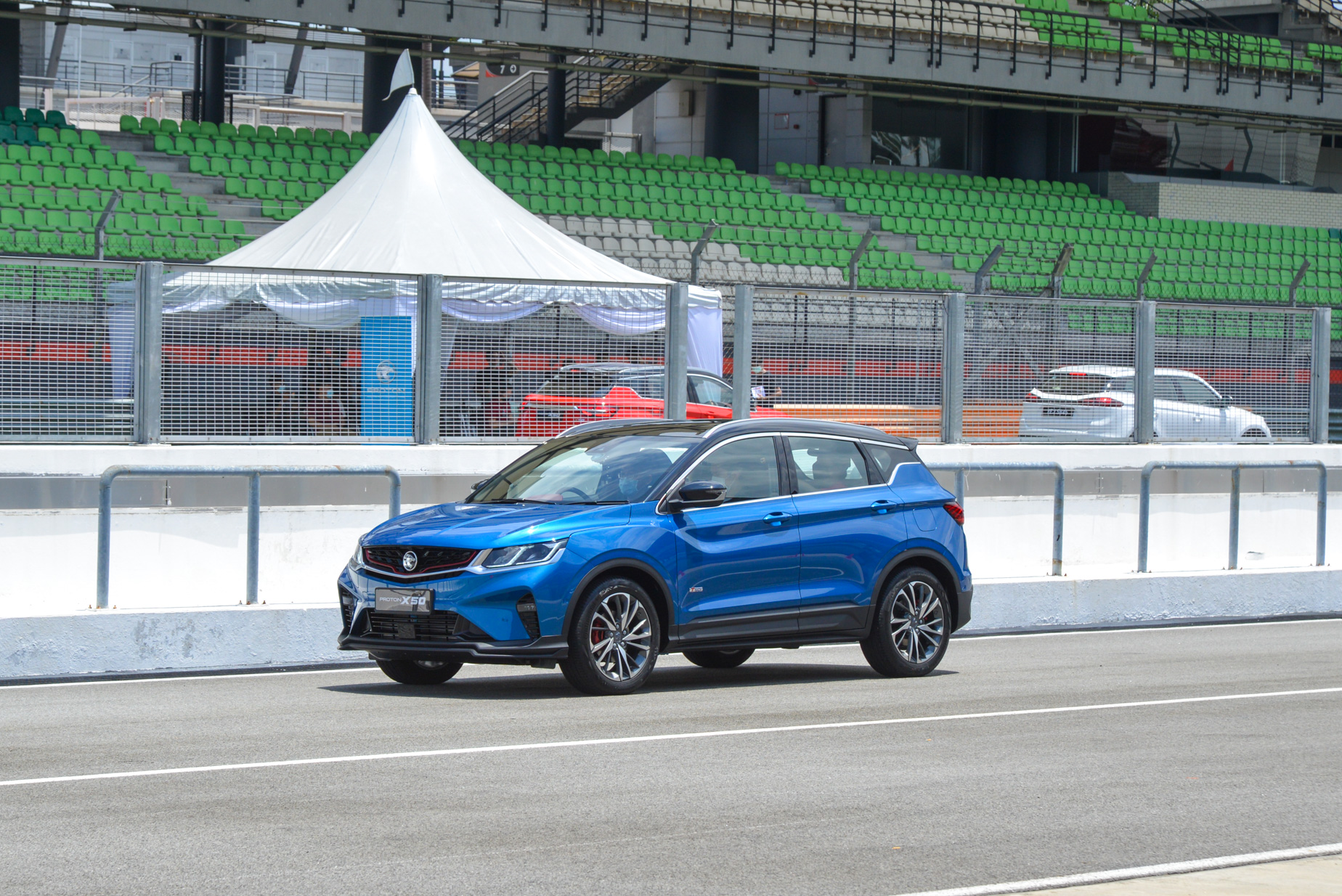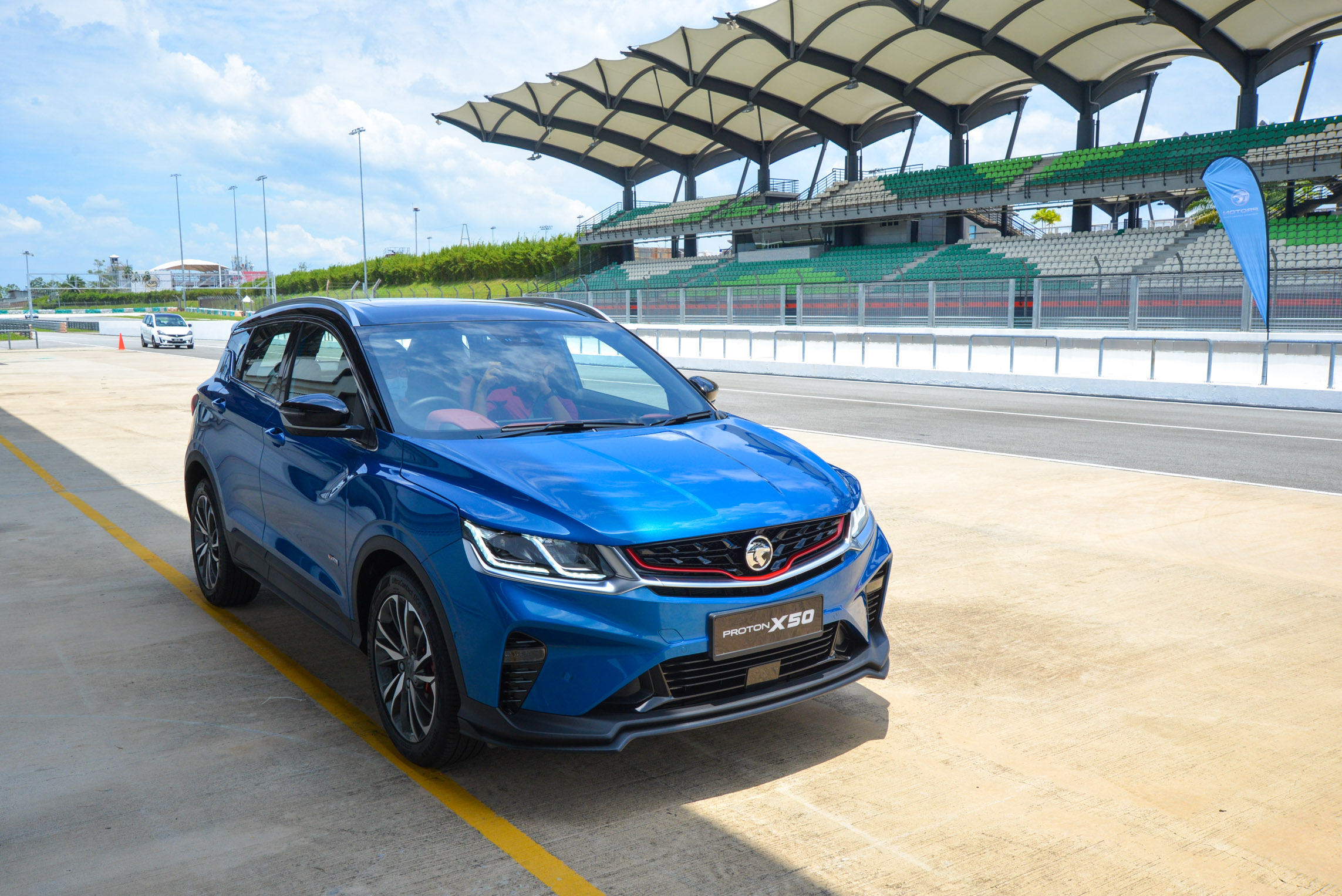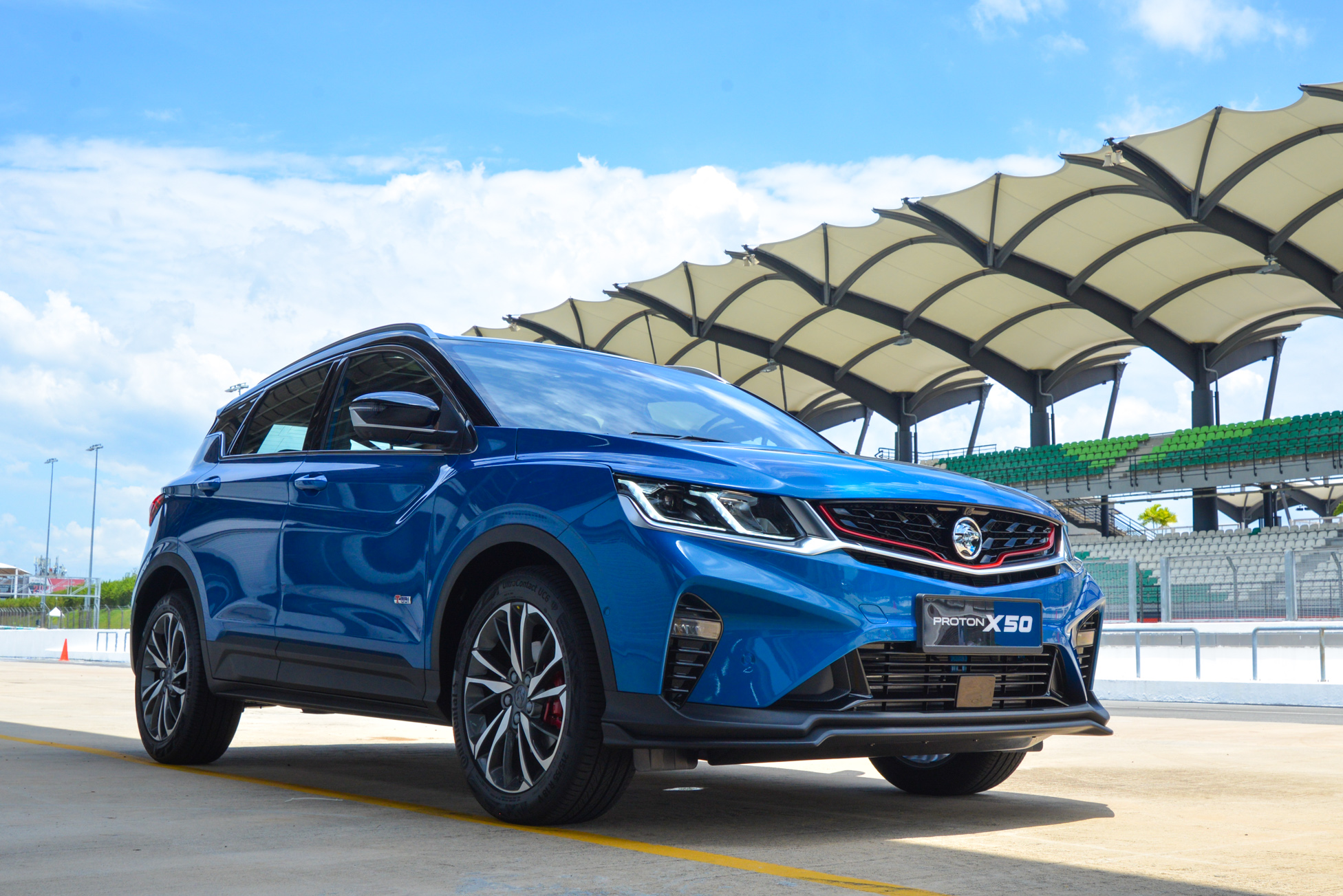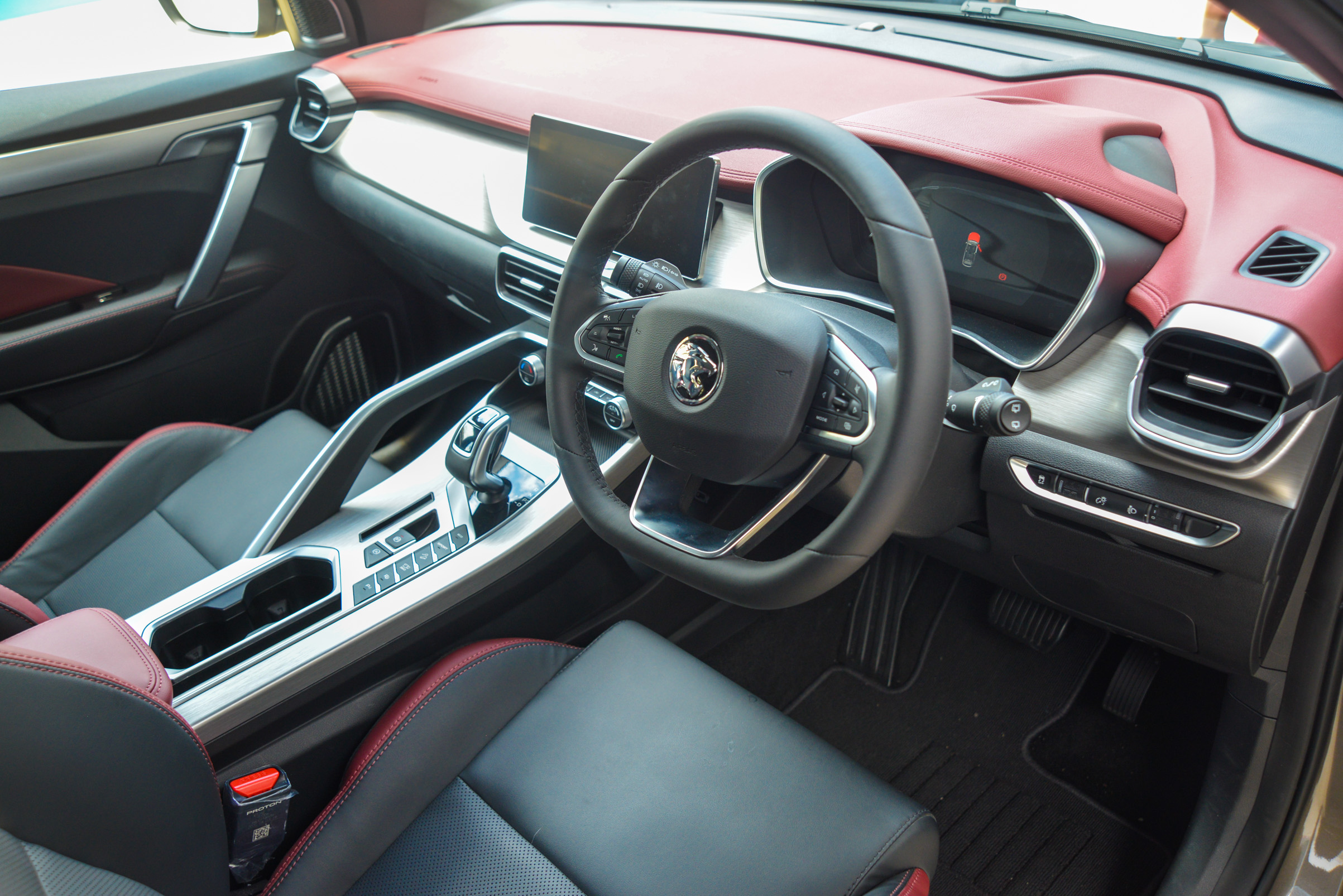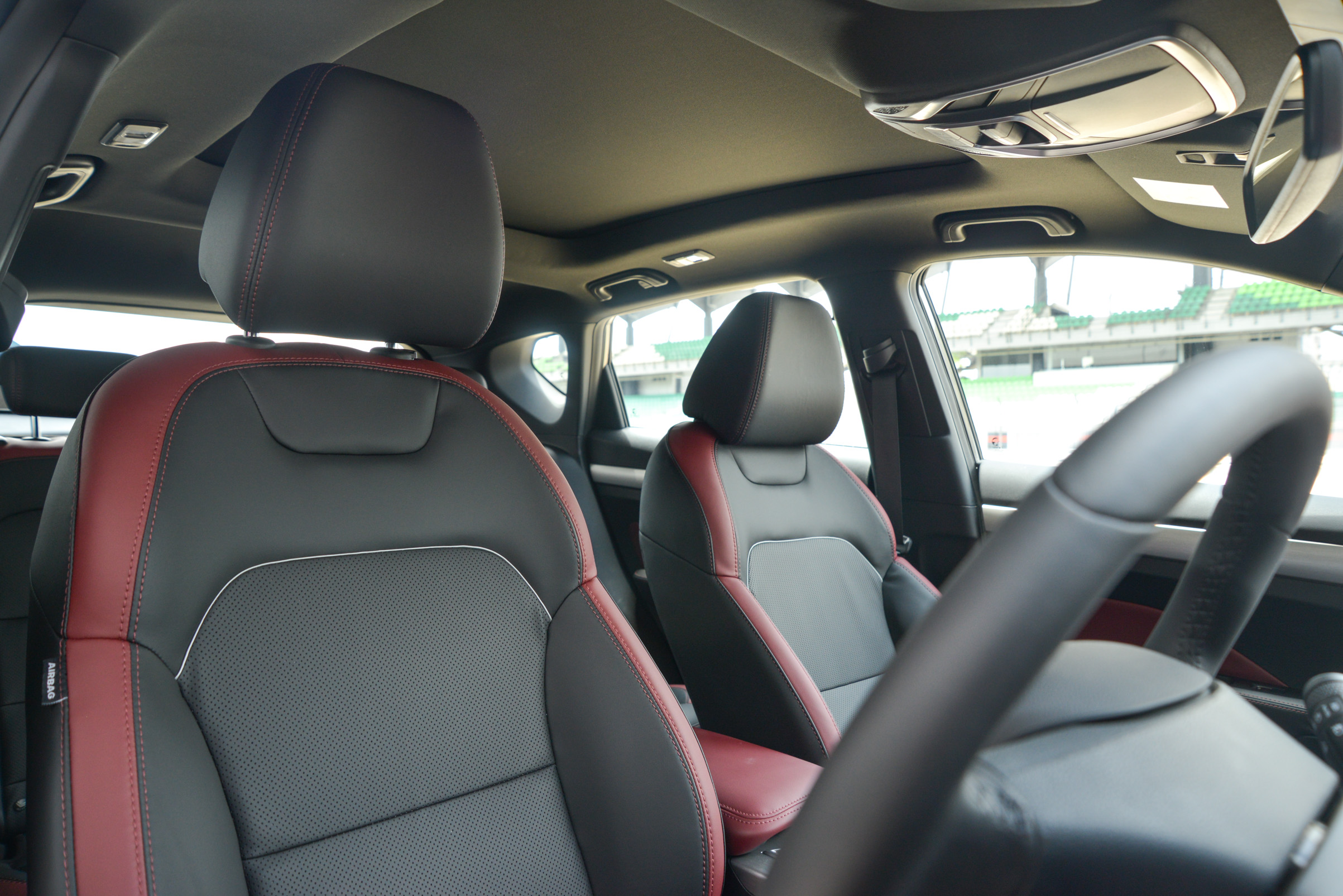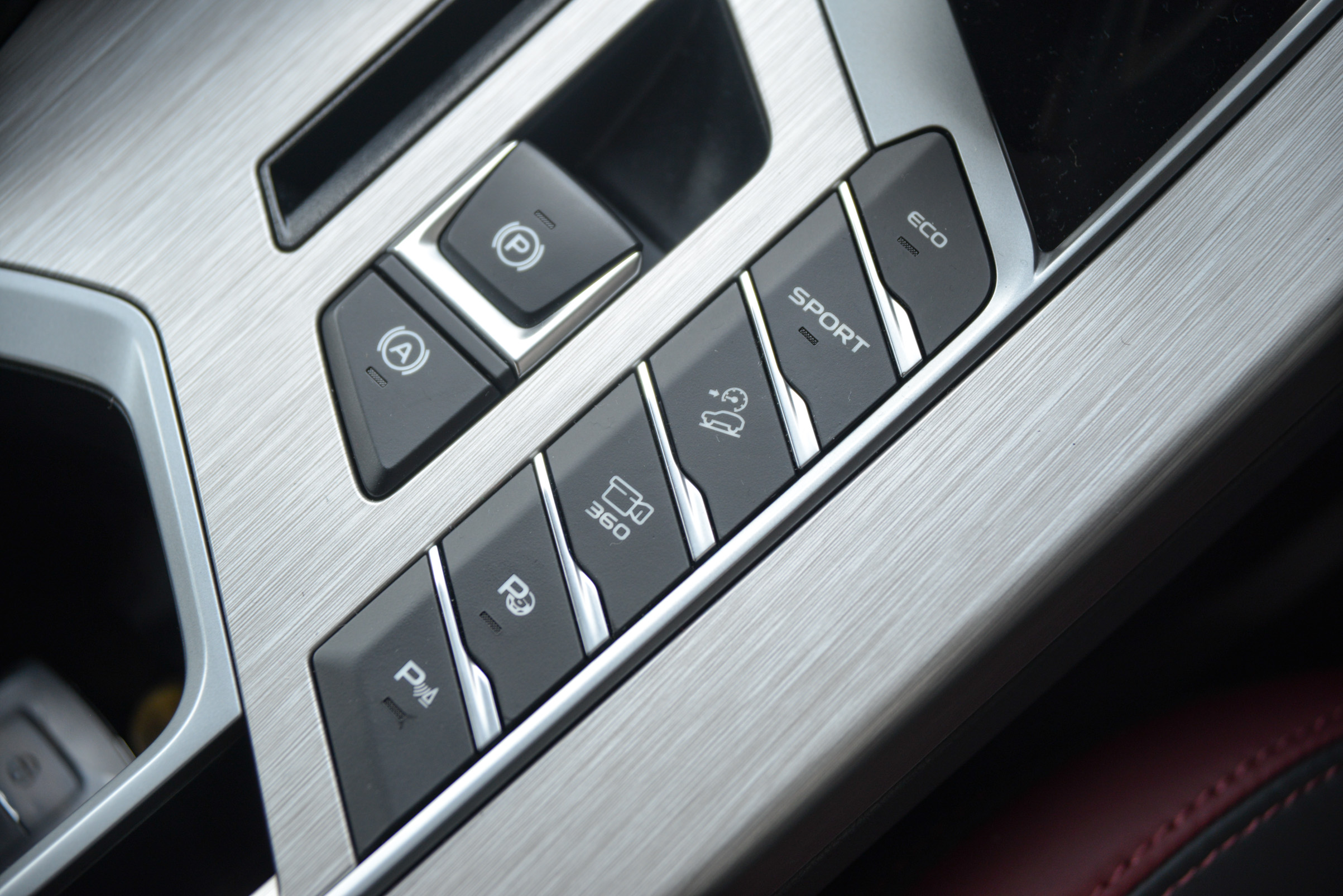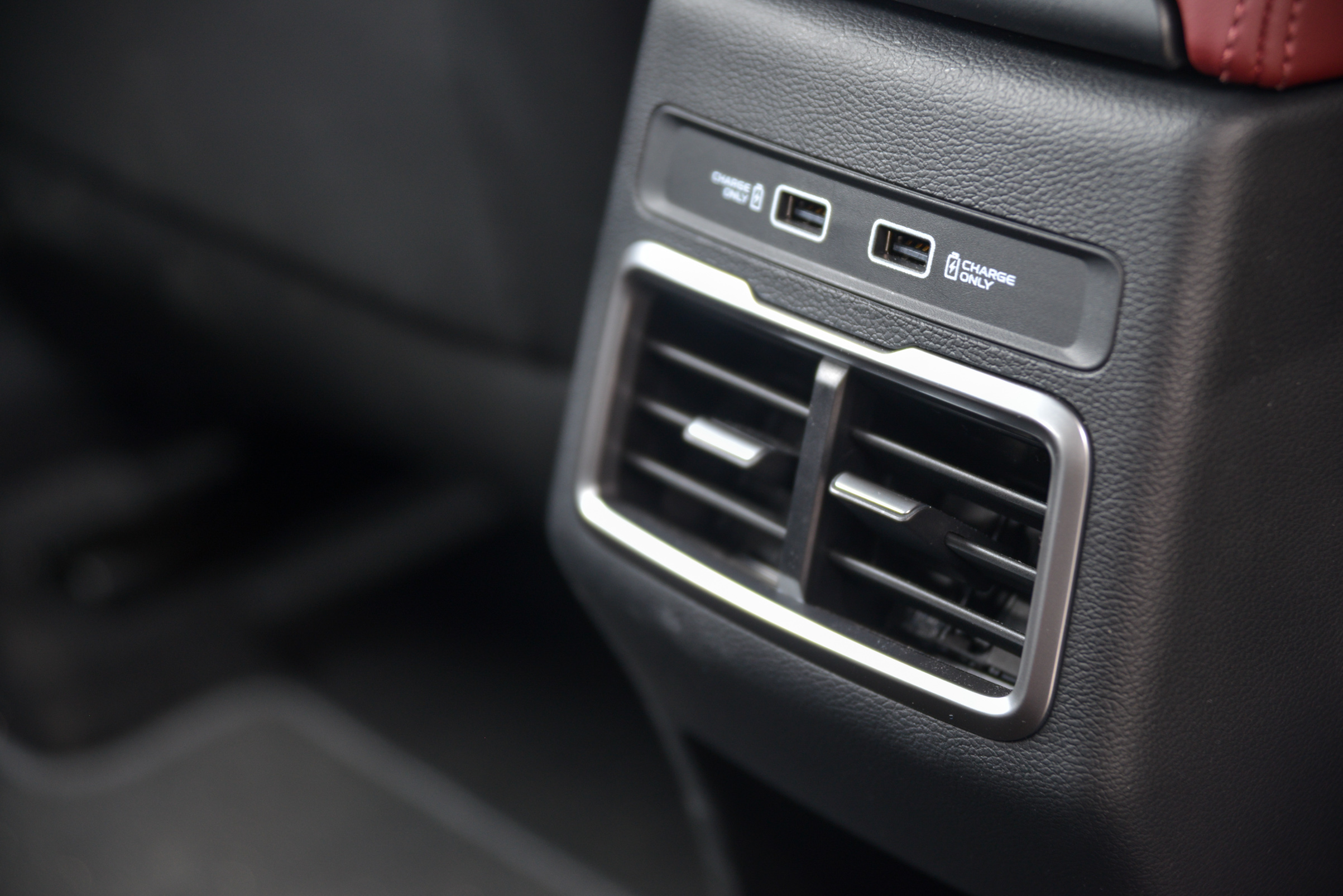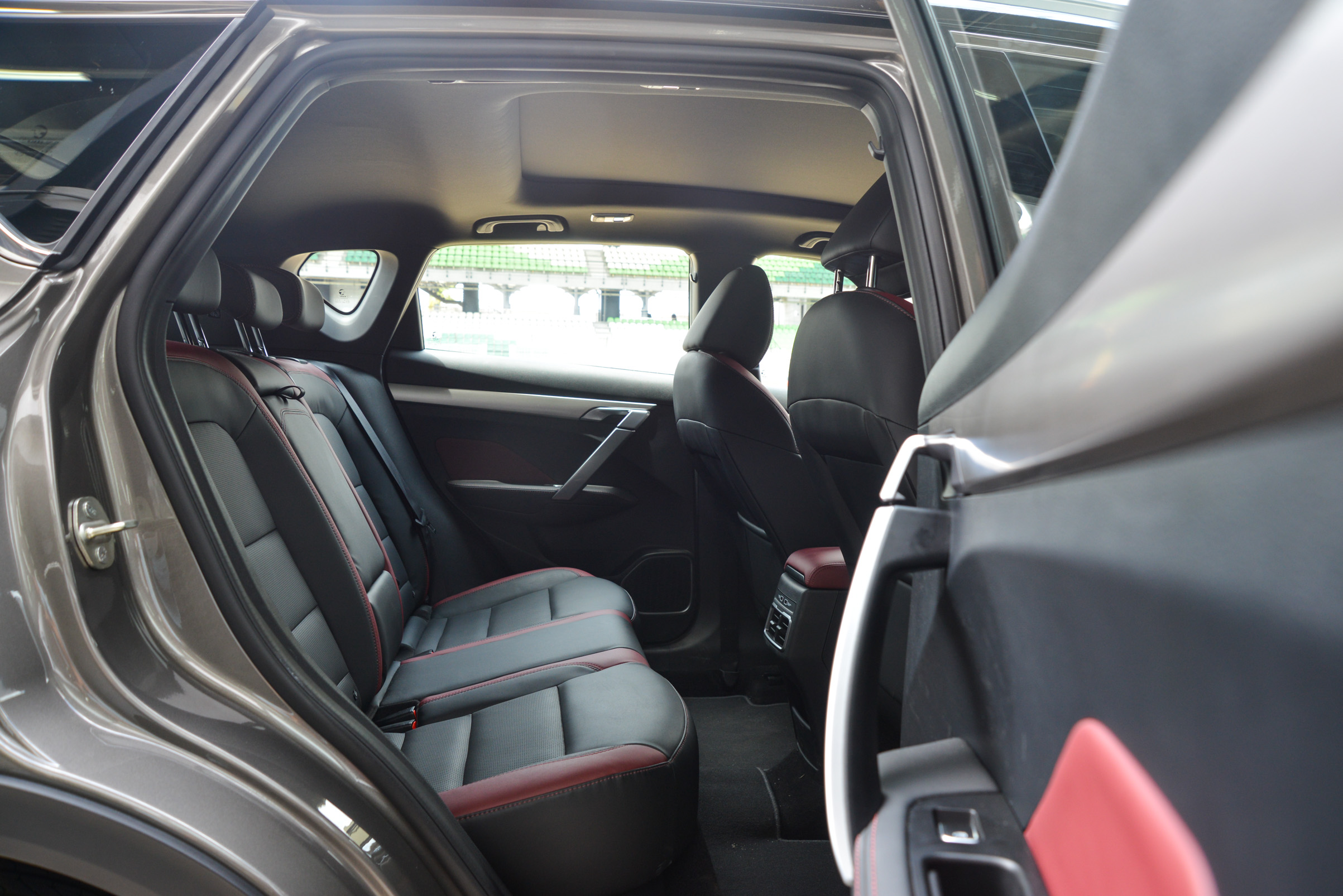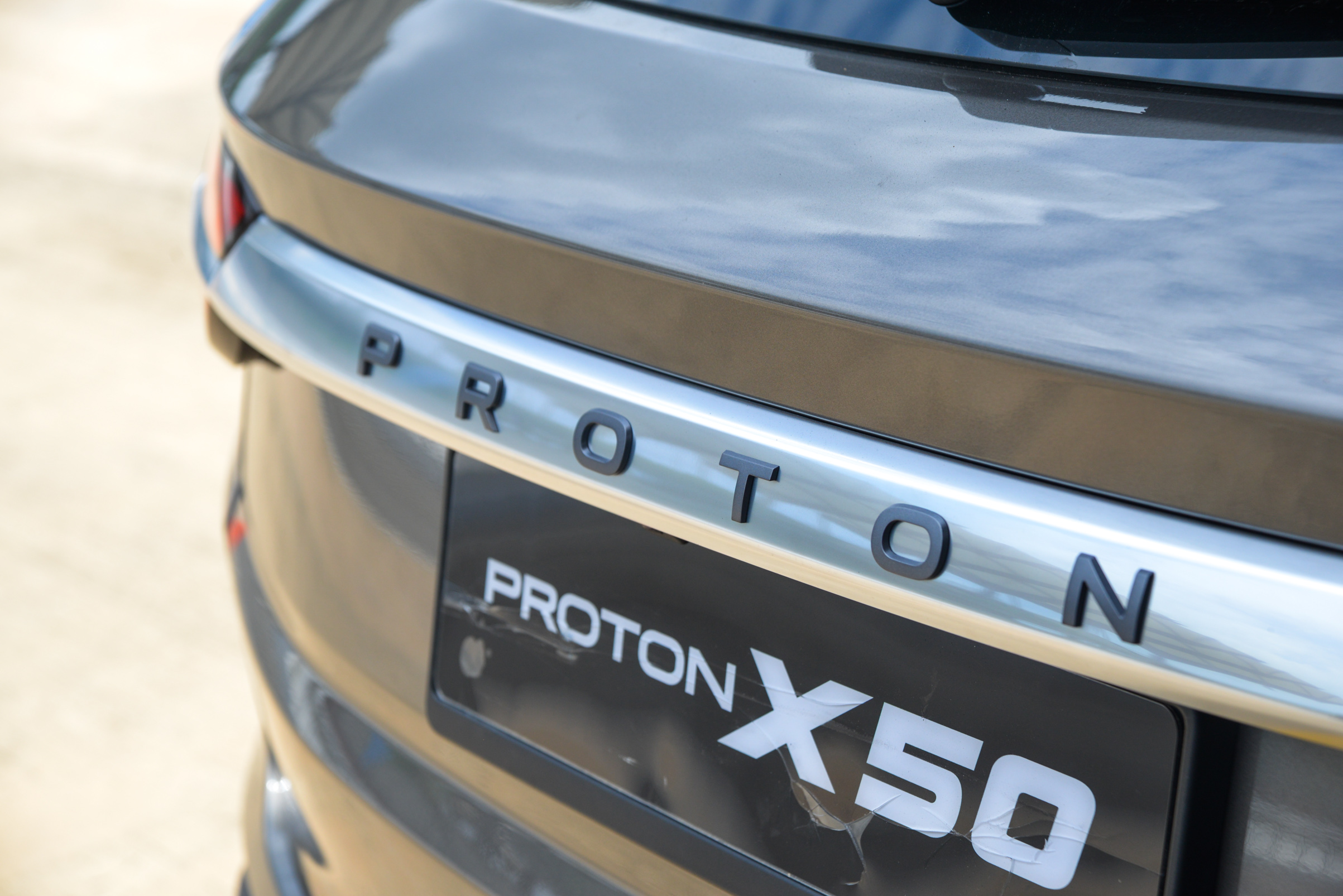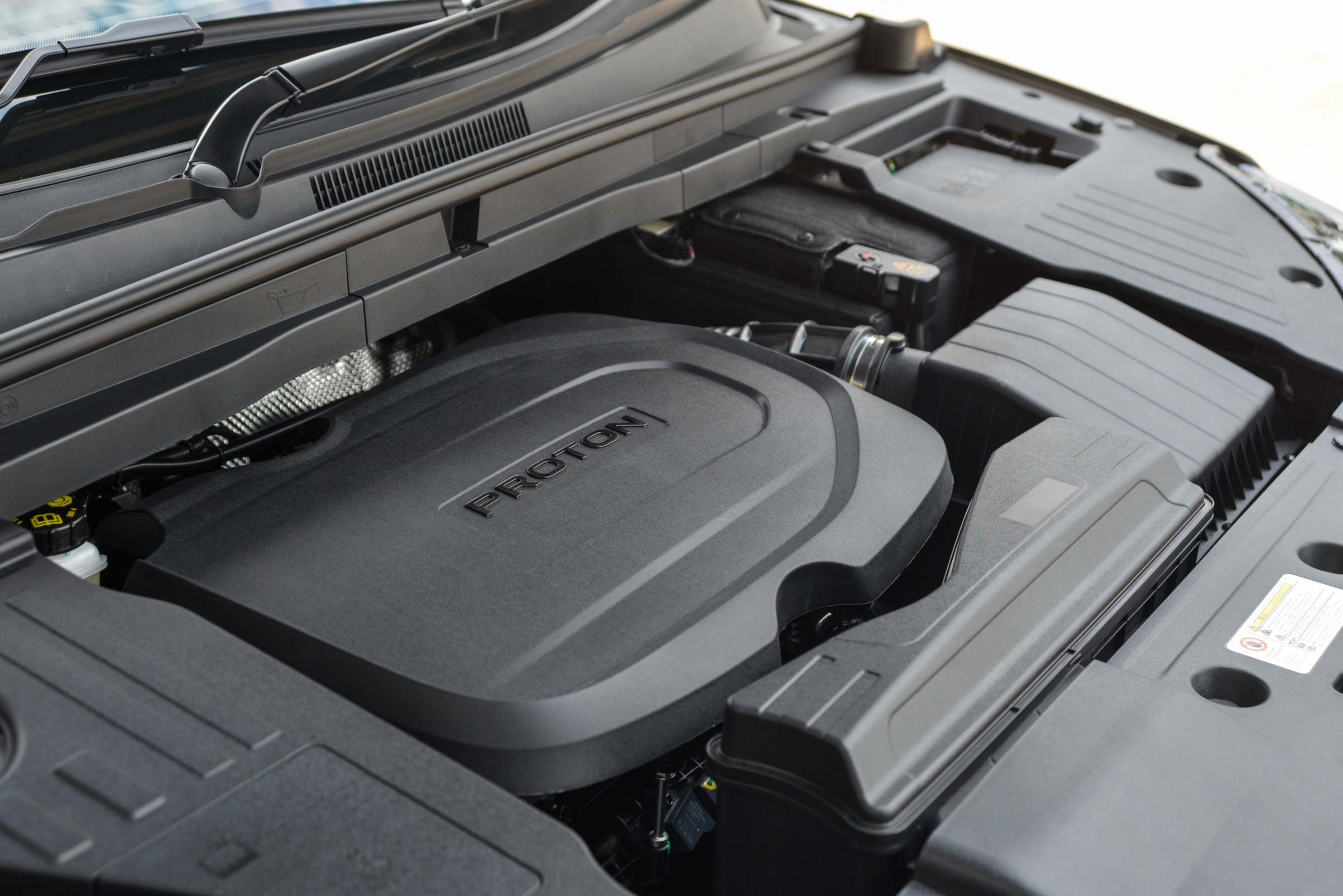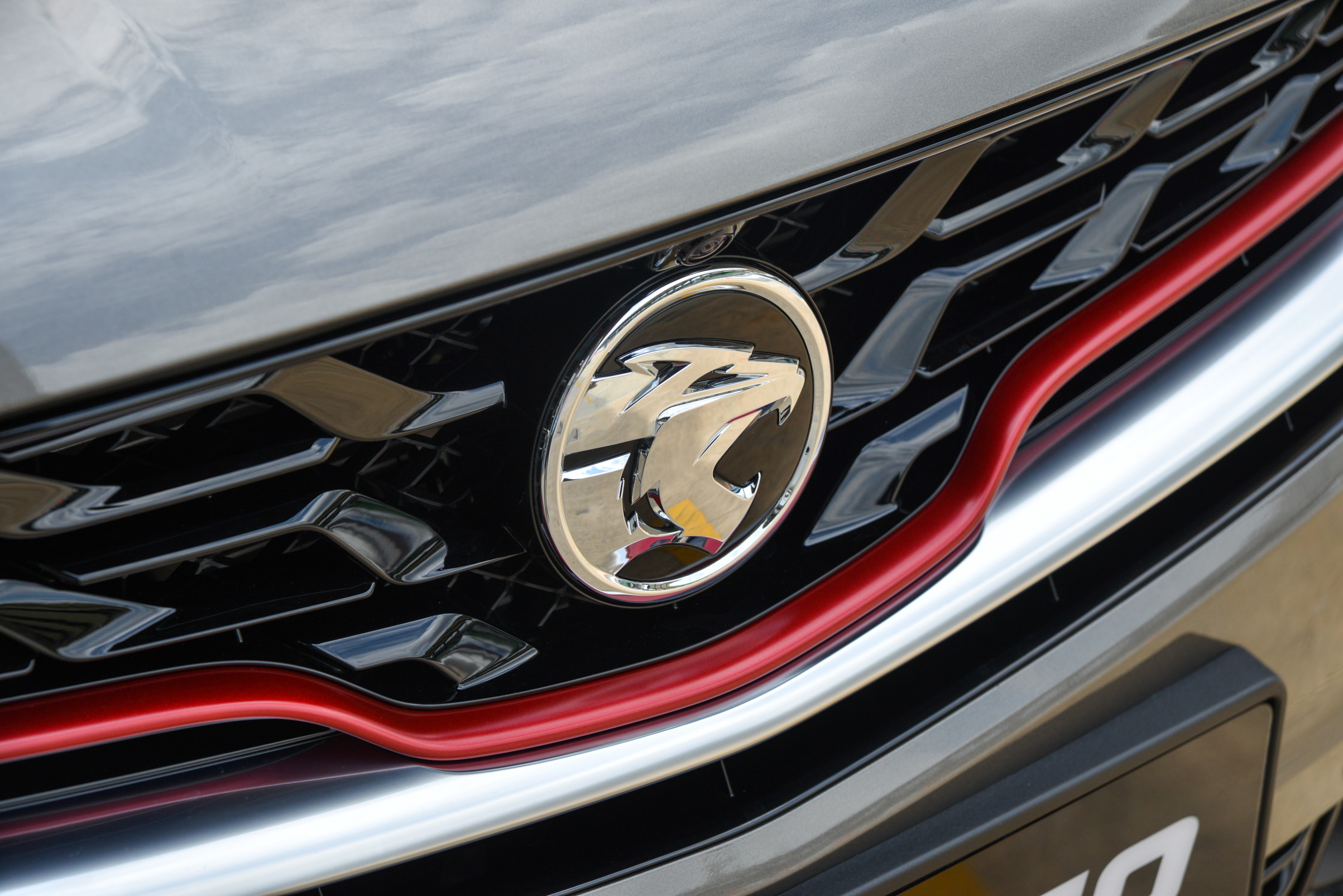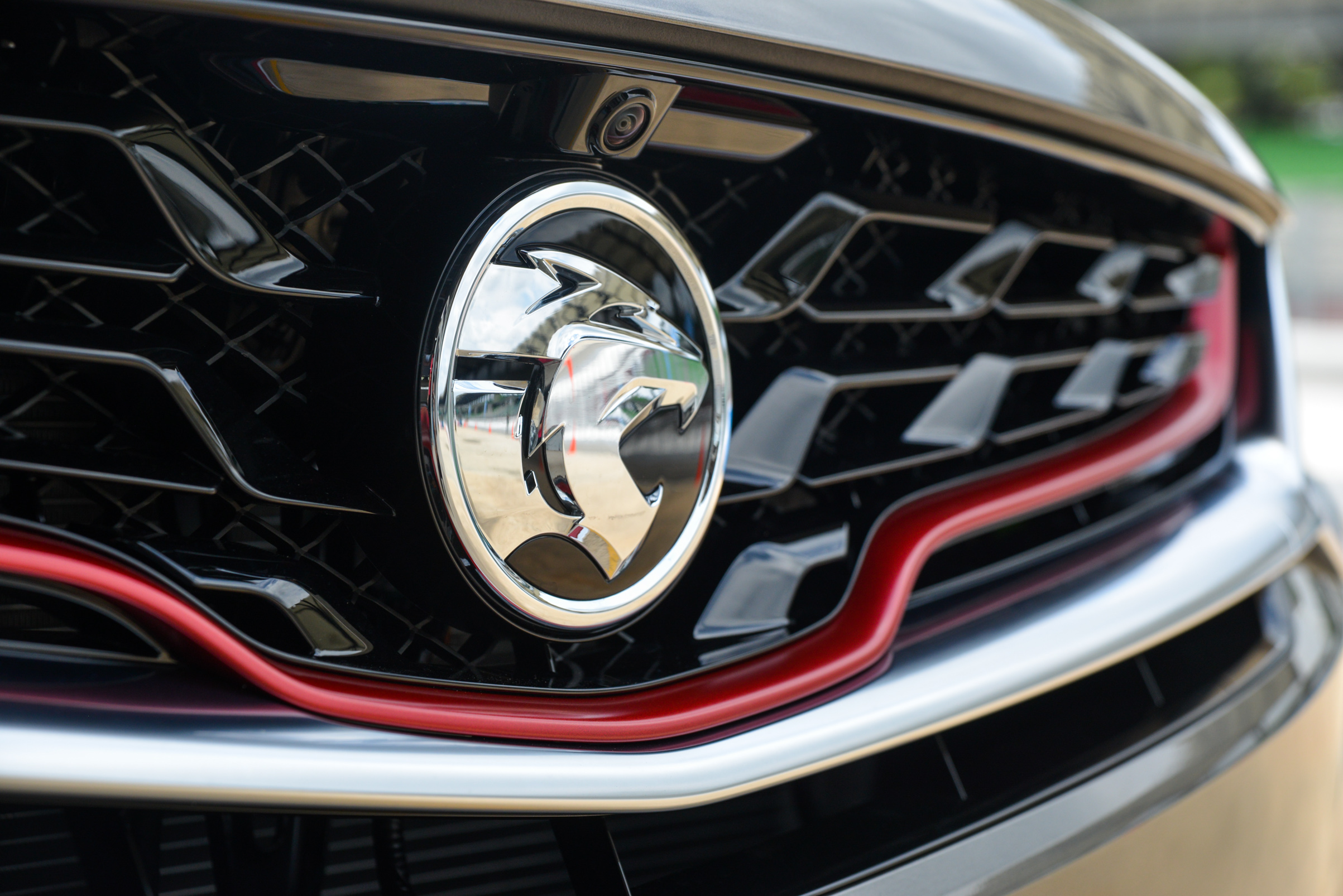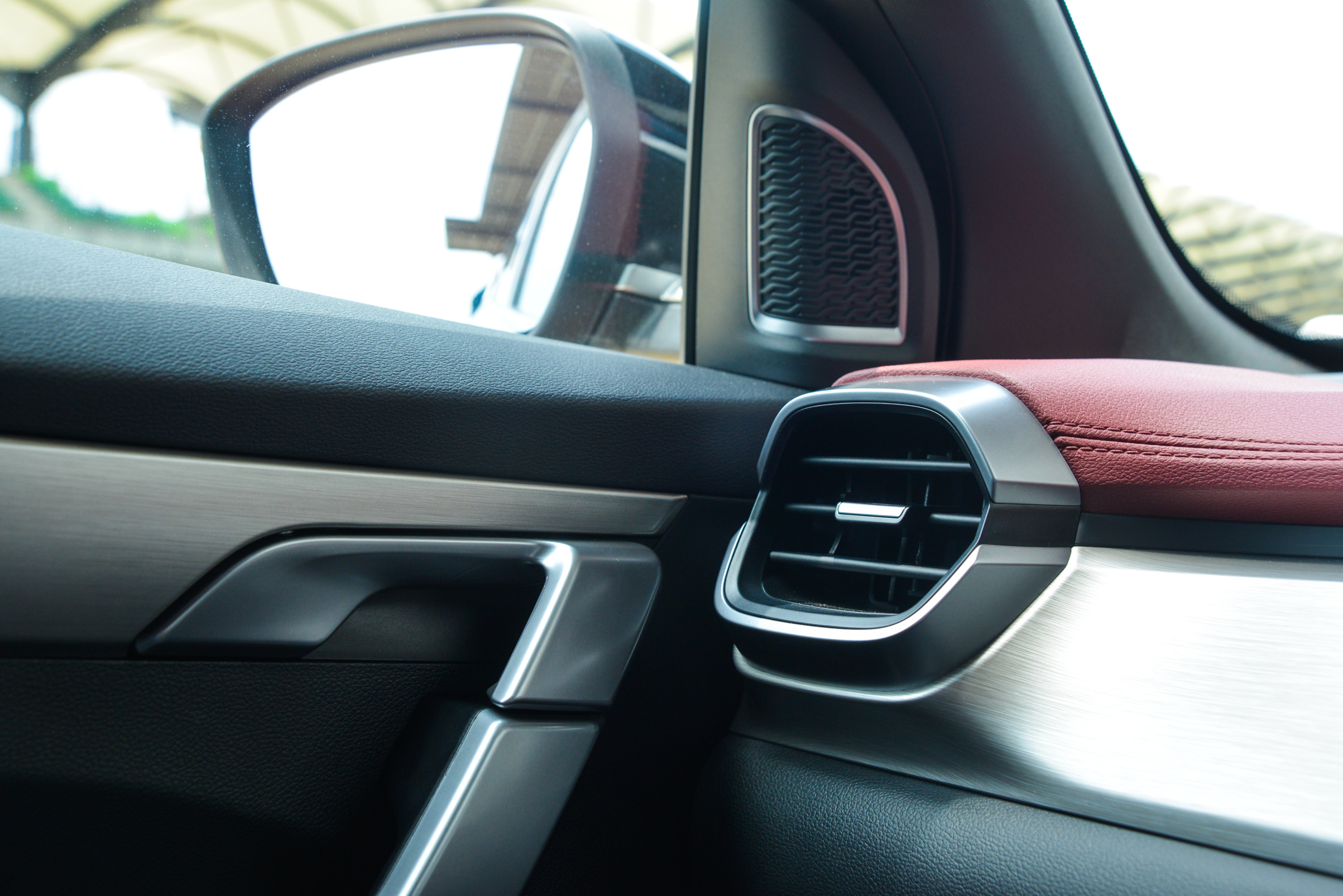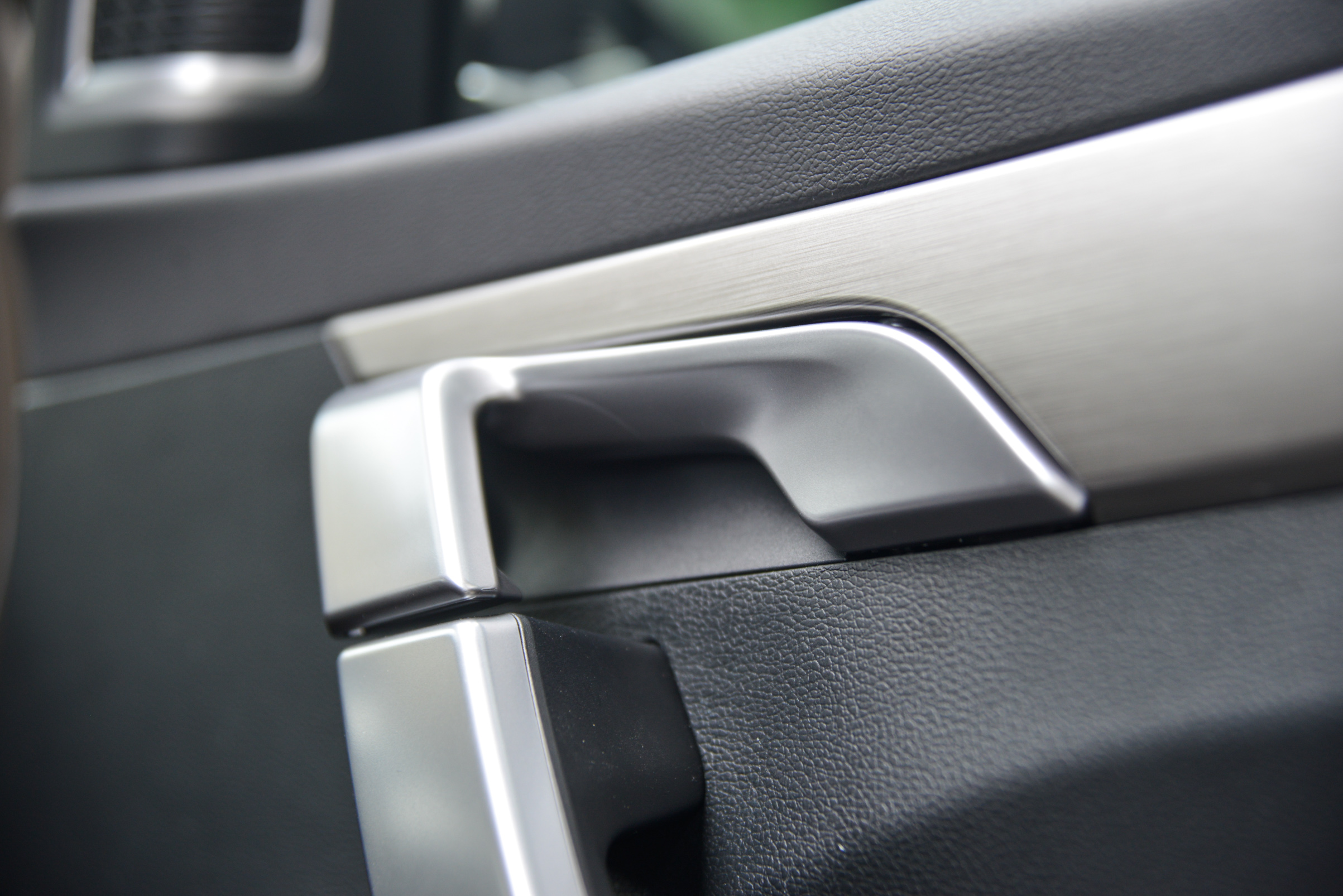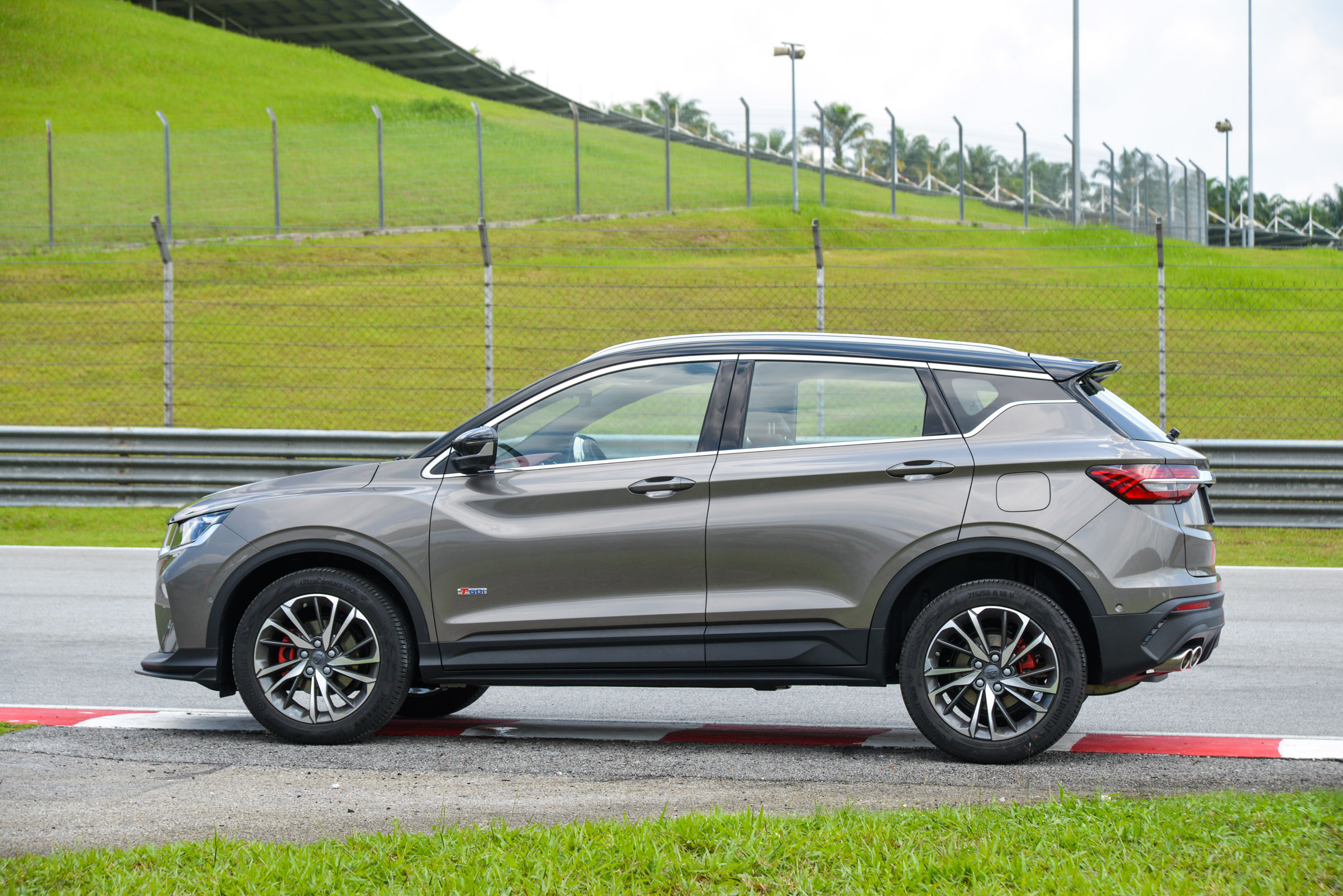Proton X50 review: five things we learned about the 177PS Flagship in Sepang
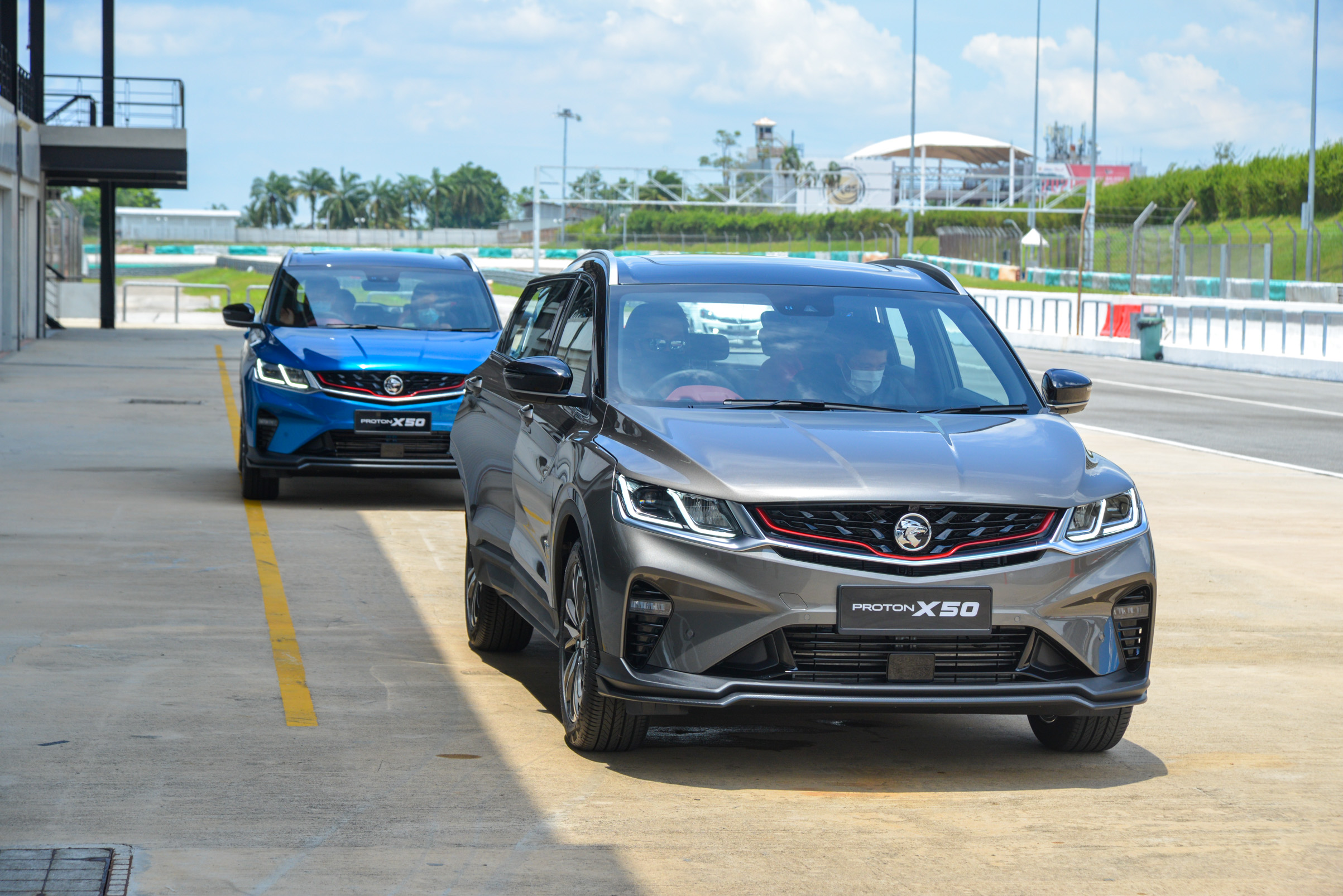
When it rains, it pours. That certainly seems to be the case with the Proton X50, a car that has managed to keep an entire nation on its toes even before it was officially named; one which has gone from being cloaked in a shroud of rumour and mystery to something we know so much about considering it hasn't even been properly launched in Malaysia yet.
Clearly, Proton isn't intent on playing by the rules with a product that's looking like a bigger game changer than the positively-received X70 with every passing day. So what if the Malaysian carmaker shows its hand before playing its cards? That bravado is the very reason why an invitation to test drive the Proton X50 landed in our inbox before any mention of a launch date. And it gets even better: Proton is so confident in its new baby that it wants the press to put it through its paces in the Sepang International Circuit.
So, what have we learned about the Proton X50 after spending a day with the most hotly-debated crossover in Malaysia in one of the most demanding Formula One circuits in the world?
1. It's a remarkably photogenic hunk of metal
First things first: the Proton X50 is a genuinely handsome crossover in person. Pictures, especially those of the car in a controlled indoor environment, already depict a rather fetching compact SUV. But they still don't do the X50's design – originally penned by Geely's Jamie Barrett and localised by a Proton Design team led by Azlan Othman – enough justice. Every bold line exists for a reason, be it aesthetic or aerodynamic. And they look right at home on the sun-soaked tarmac of Sepang's south paddock.
There's a similar European quality to the overall look that you get from its distant cousin, the Volvo XC40, infused with its own, distinctive identity. Sure, the splashes of red on the 'Ethereal Bow' component of the grille and brake calipers and carbon fiber-effect diffusers may look excessive to some. But the fundamental design of the X50 certainly has the flair befitting a properly premium crossover like an Audi or even a Range Rover.
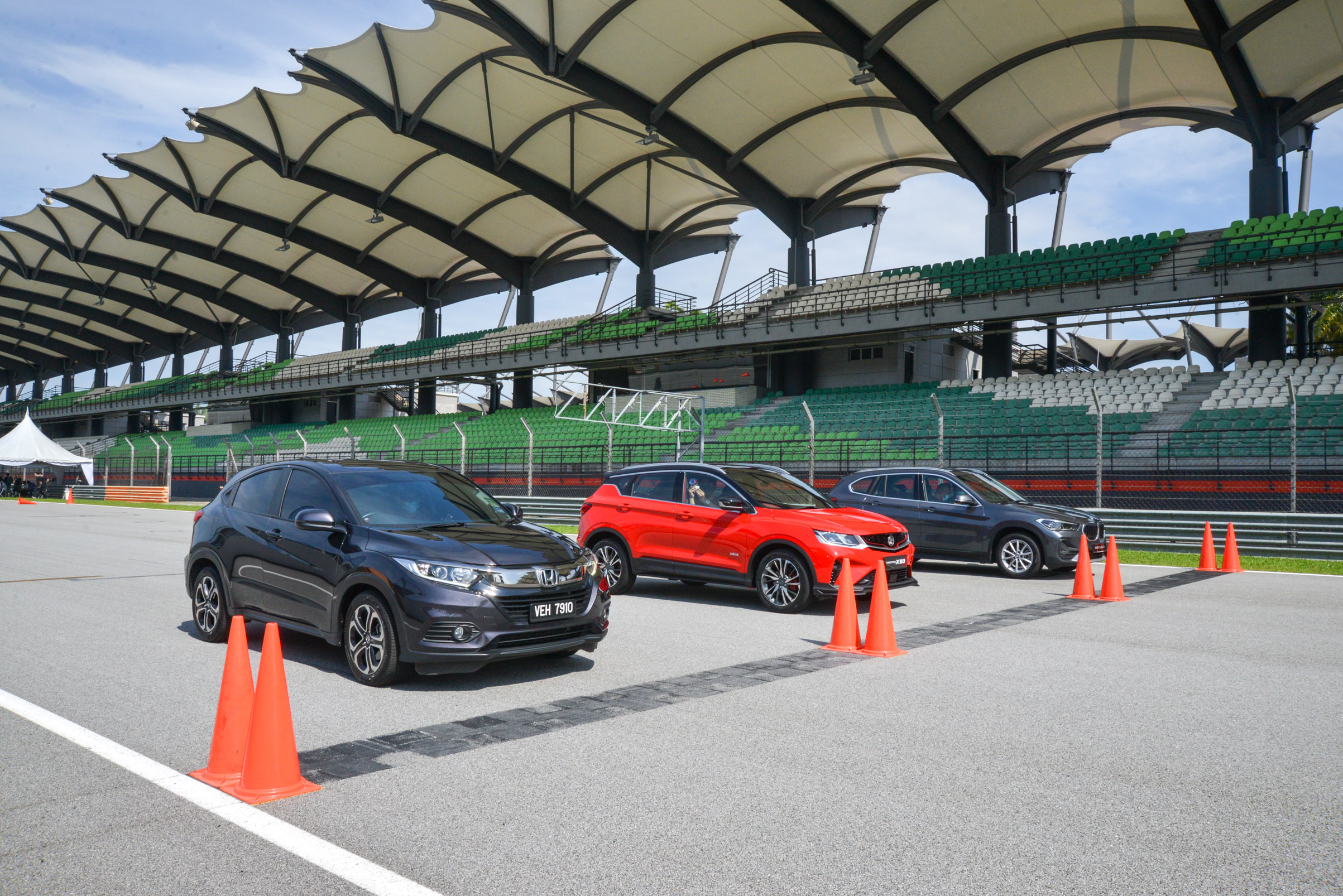
2. It has the power to beat a BMW X1 in a sprint race
Before sharing our first drive impressions of the Proton X50, we have to clarify that our time behind the wheel was strictly limited to a short 'drag race' and slalom course. The event was more of a hands-on showcase of the X50's full breadth of talents than a dedicated test drive exercise. That said, you don't rent out an entire race track without any desire to flaunt your clout. And it doesn't take an expert to guess what's going to happen when Proton arranges a 0-100kph sprint contest with the X50's natural target, the Honda HR-V, and – surprise, surprise – a three-cylinder BMW X1 sDrive18i on Sepang's back straight.
The range-topping 'Flagship' model, which was the only variant available for testing throughout the day, packs a 1.5-litre three-pot turbo with 177PS and 255Nm after all. Direct injection gives it 27PS more than the cheaper, port-injected models. And the hefty output, largely unrivalled by any sub-RM150k car in Malaysia, facilitates a hasty 7.9-second century sprint that beats the entry-level Bimmer by 1.7 seconds on paper.
The advantage shows in the real world, though ever so slightly. But the bigger takeaway here is how calmly the X50 dispatched the task at hand. Any fears of three-banger rattles or clunky gear shifts were kept at bay, for those few hundred yards at least. This is an engine co-developed by Volvo after all. So, expect to see an X50 filling the entire width of your rearview mirror from time to time once it hits our roads.
Don't say we didn't warn you.
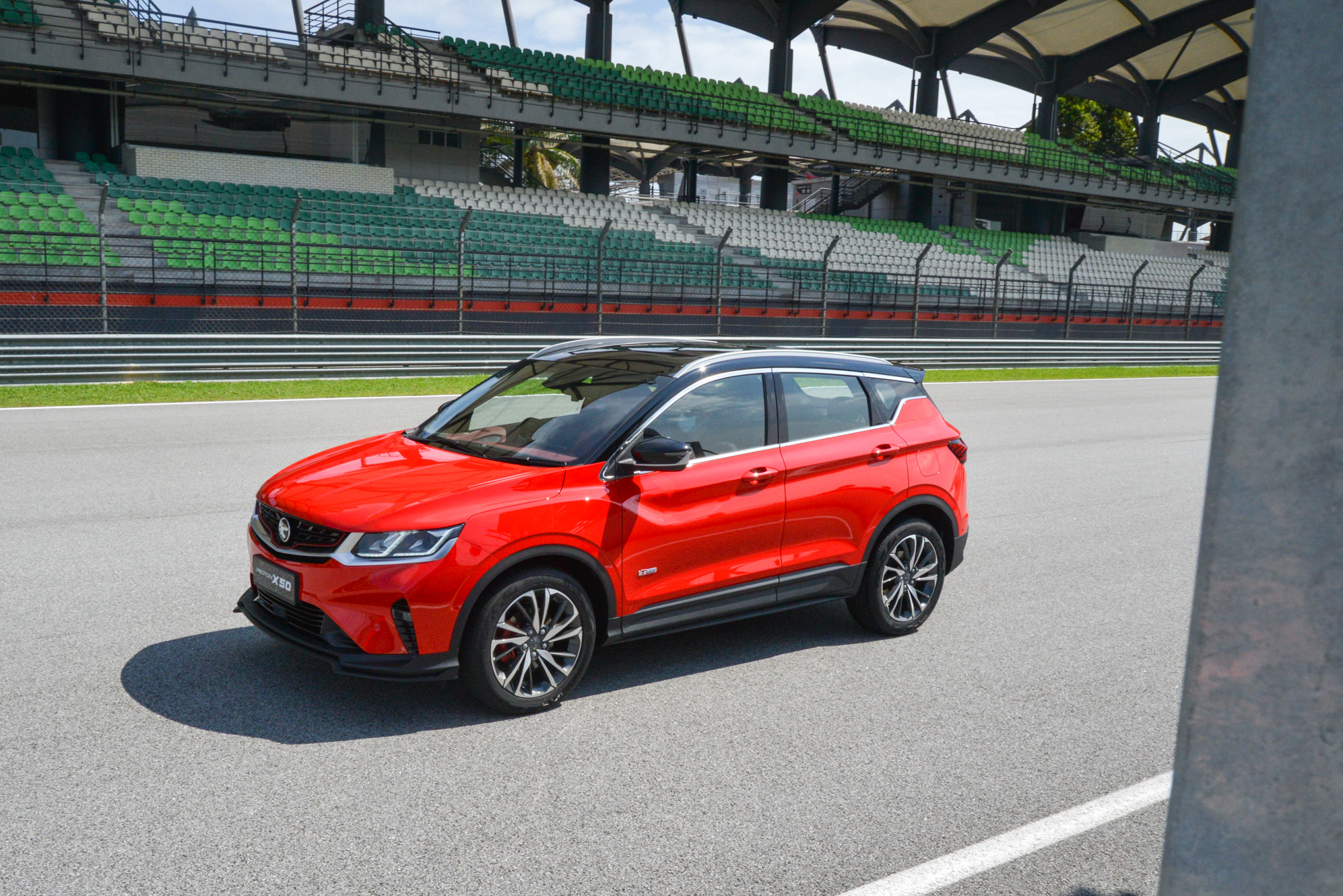
3. But it's still more of a family crossover than a hot hatch on stilts
As plucky as the Proton X50 may be by segment standards, its ride and chassis are still largely geared towards comfort and refinement than outright sportiness, which isn't necessarily a bad thing; people buy crossovers for practical reasons after all. We came to this conclusion after spending more time in the back seat than the cockpit, which is ironic given the racy setting. Having done that, we can safely say that the rear quarters are more than accommodating for this 170cm-tall writer, with the pliancy to match. If anything, the comfort-biased suspension was the culprit of some woozy moments we had when circling the track as a backseat passenger – paired with the X50's crossover proportions, it certainly leaned into corners more than we'd like.
While this setup isn't ideal for the track, we foresee it excelling in the daily grind. Steering response is on the light and comfortable side too, though we had no complaints about it when rallying the X50 effortlessly through the slalom course – electric aid doesn't mean it has to be inaccurate. Proton has gone to great lengths to complete this family-friendly package with the refinement to match on the NVH front. Over 10 key powertrain components, from the 'silent' high-pressure fuel pump to the 'anti-vibration' injectors, were specifically engineered with NVH reduction in mind. Even the engine cover, which is unique to the Proton X50 and not carried over from the Geely Binyue/Coolray, supposedly has a role to play in the overall refinement. In fact, the entire powertrain felt very smooth, quiet and cohesive throughout whatever little time we had behind the wheel, which brings us to our next point...
4. Either way, the X50's seven-speed DCT feels quite promising
The dual-clutch gearbox is something that often feels so right yet easy to get so wrong; just ask any of your friends who drive early DCT-driven Fords. Today, they're the go-to mechanism for high-performance cars due to their lightning-quick shifts. And while the seven-speed unit in the X50 (also used in the X70) doesn't swap cogs with the same urgency of, say, a Renault Megane RS, it certainly nails the fluidity in power delivery and refinement on the move that was lost on so many past attempts to introduce this type of transmission to the sub-RM100k mainstream.
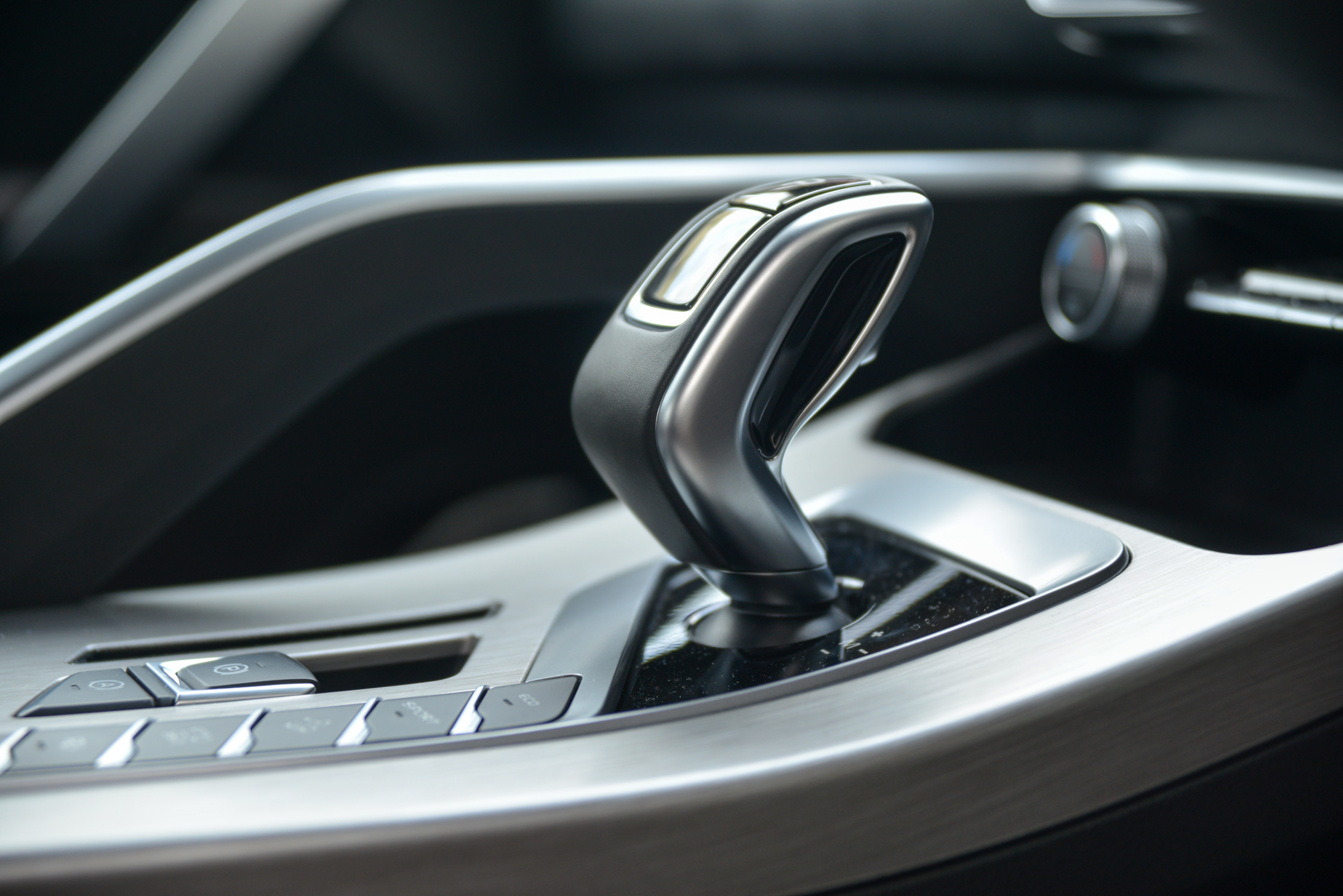
Proton says this gearbox has a transfer efficiency of 97 percent, meaning only 3 percent of the engine's output is lost en-route to the front wheels. The spec sheet seems to concur, with the 1.5TGDi model tested claiming a respectable average of 6.4l/100km – 0.1l/100km more efficient than the port-injected 150PS mill. Building on the element of economy, which we'd still like to verify in a comprehensive road test, is the transmission's wet-clutch architecture, which is historically more reliable than un-lubricated DCTs if Volkswagen's DSG track record is anything to go by. Proton has subjected the powertrain to 1.9 million km of testing, which is over 40 times the world's circumference. That should stand for something as far as reliability is concerned.
Quantifiable parameters aside, the shift-by-wire DCT also packs several party tricks, such as manual override and three driving presets, namely Normal, Eco and Sport. We didn't get the chance to test these out extensively but we're sure some would-be buyers will be happy to know they're part of the package, usage frequency immaterial.
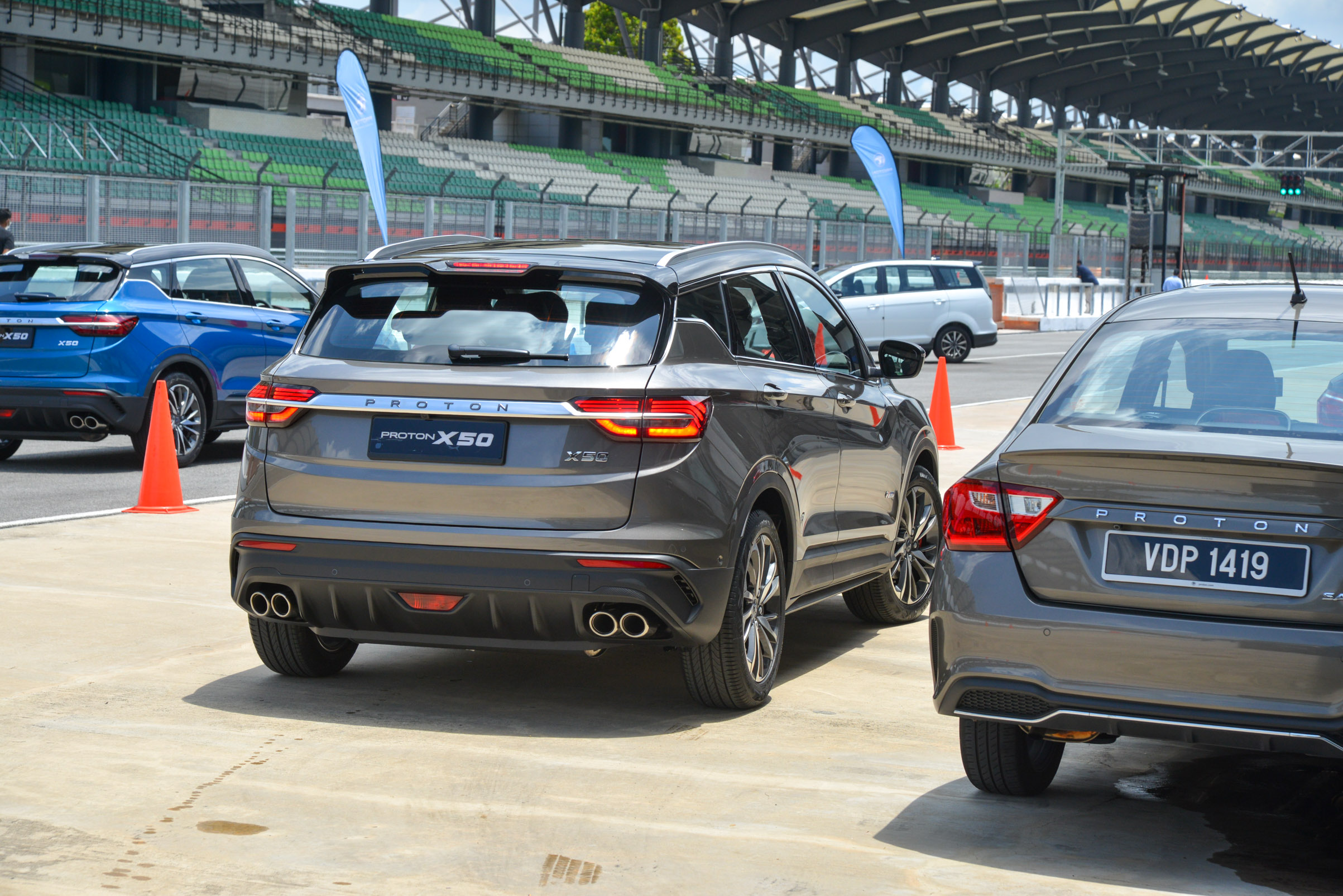
5. It surpasses the Proton X70 in terms of autonomous driver aids
Proton takes a lot of pride in the X50 being the only car in its class with Level 2 autonomy, which is made possible by its intelligent cruise control (ICC) and active park assist (APA) features. But the bigger picture here is of a compact SUV imbued with higher-end technologies than the Proton X70, its bigger brother responsible for pioneering such safety features for the brand. Essentially, the X50 has every active safety feature and advance driving assistance system (ADAS) in the X70's textbook, and then some. For starters, it takes the X70's autonomous emergency braking and finetunes it with pedestrian detection that works up to 70kph. The same is done with the adaptive cruise control, which is enhanced with a stop-and-go feature that keeps the car going on its own for up to three seconds after the vehicle ahead comes to a halt.
As far as self-driving tech goes, the Proton X50's biggest selling point is probably its auto park assist, abbreviated as APA (only a matter of time before a clickbait video titled "apa itu APA?" goes live now). While we didn't get to sample it ourselves, we were able to ride shotgun with a Proton rep demonstrating the X50's parallel parking (entry and exit) abilities, and they certainly look quite convincing. More importantly, APA looks easy enough to use. Some self-parking systems can be quite intimidating, but we reckon the X50 will genuinely save some of its owners from the occasional stress and embarrassment of getting into or out of a tight spot. If it doesn't work out... well, it's the car's fault!
Of course, there are still some things we can't ascertain at this point, with the biggest question mark being the prices of all four variants o that should be going on sale really soon (order books are already open, by the way). While a day at the track has taught us quite a bit about what the range-topping Flagship model can do, a more involved test drive on public roads is required before we can say anything conclusive about key subjective points such as performance, refinement, comfort and efficiency – there's only so much you can tell on tarmac paved to perfection to host the fastest and most precious cars to ever land on Malaysian soil.
Needless to say, this won't be the last time we write about the Proton X50. We'll bring you more info once the time comes.
